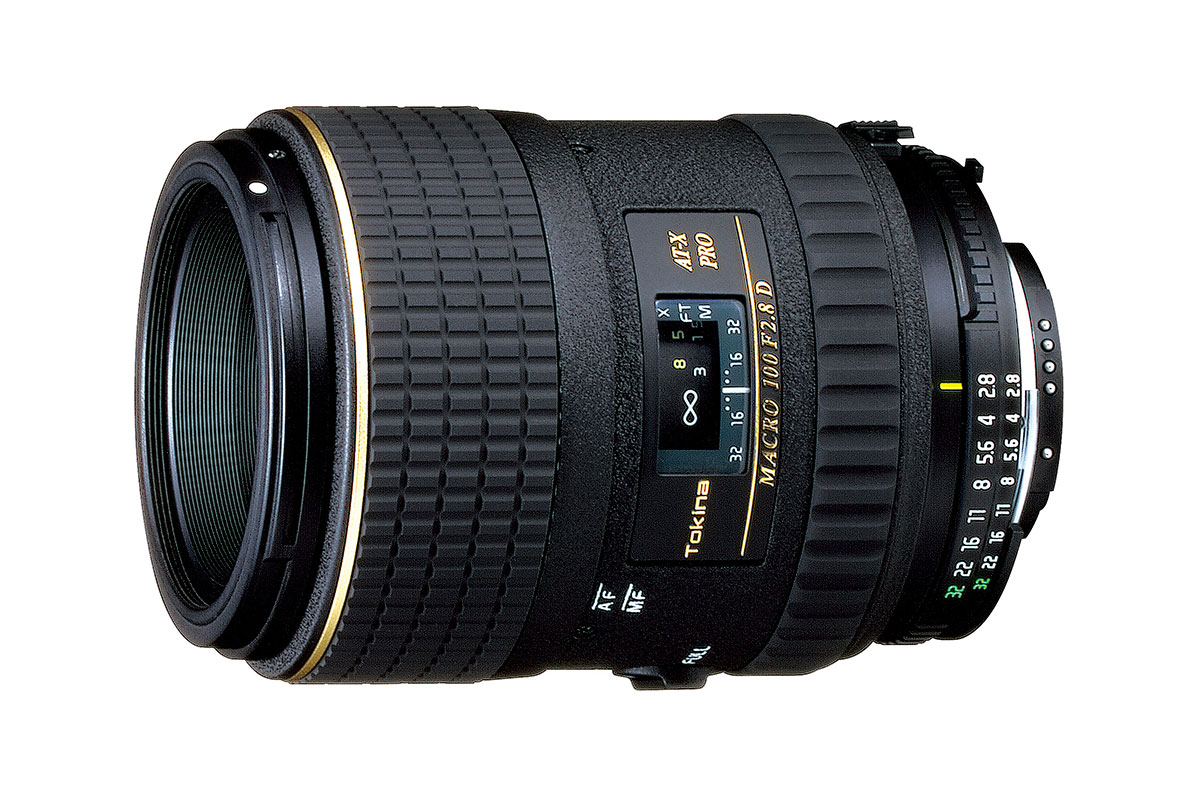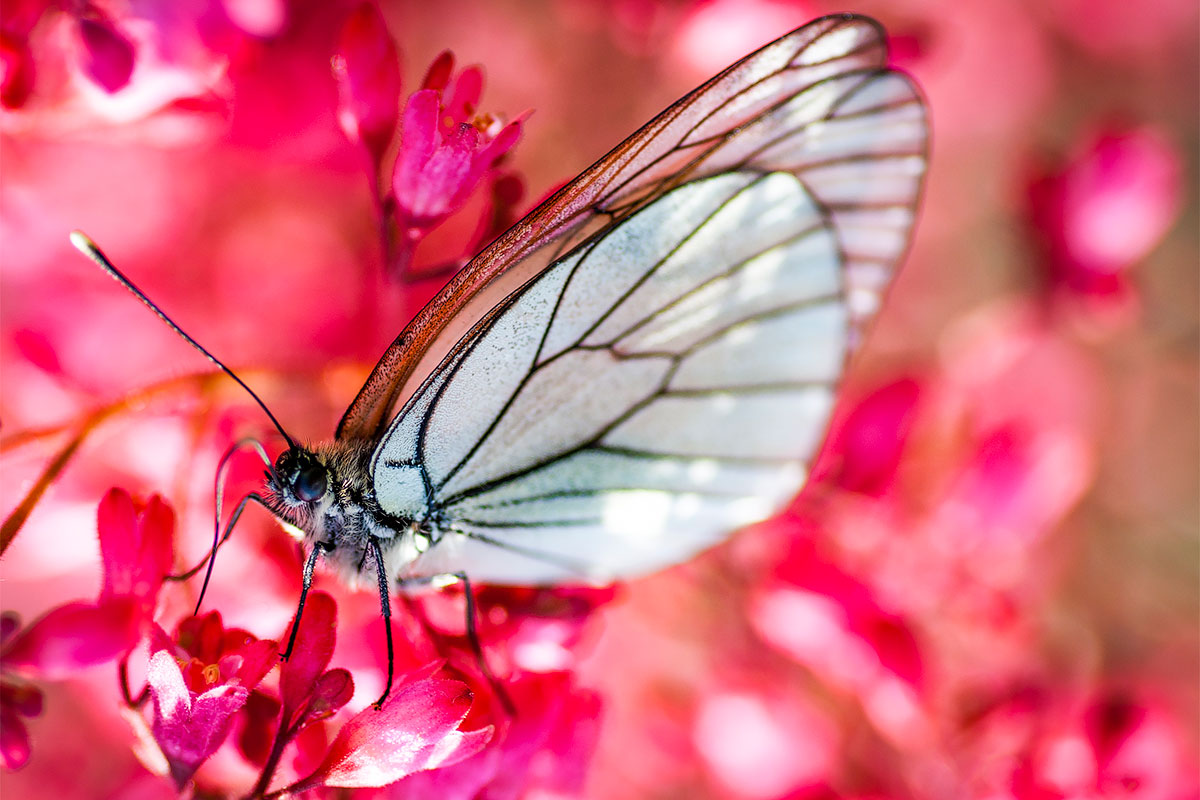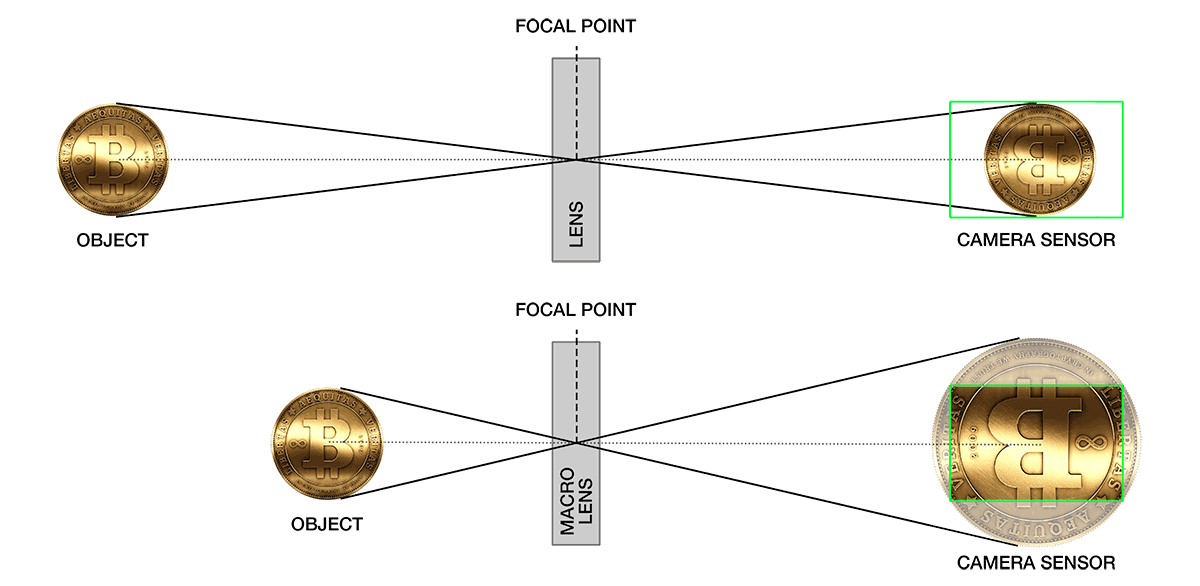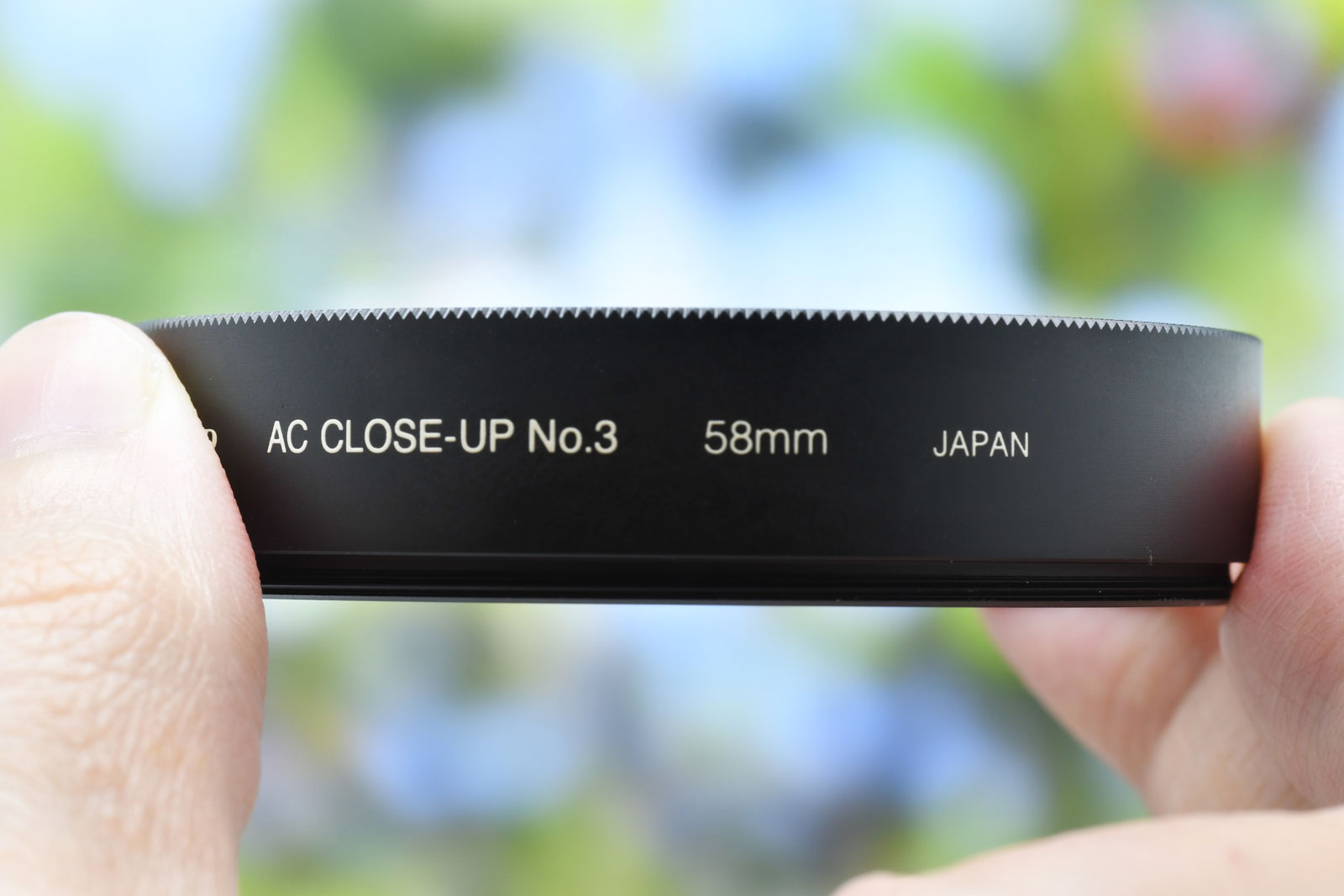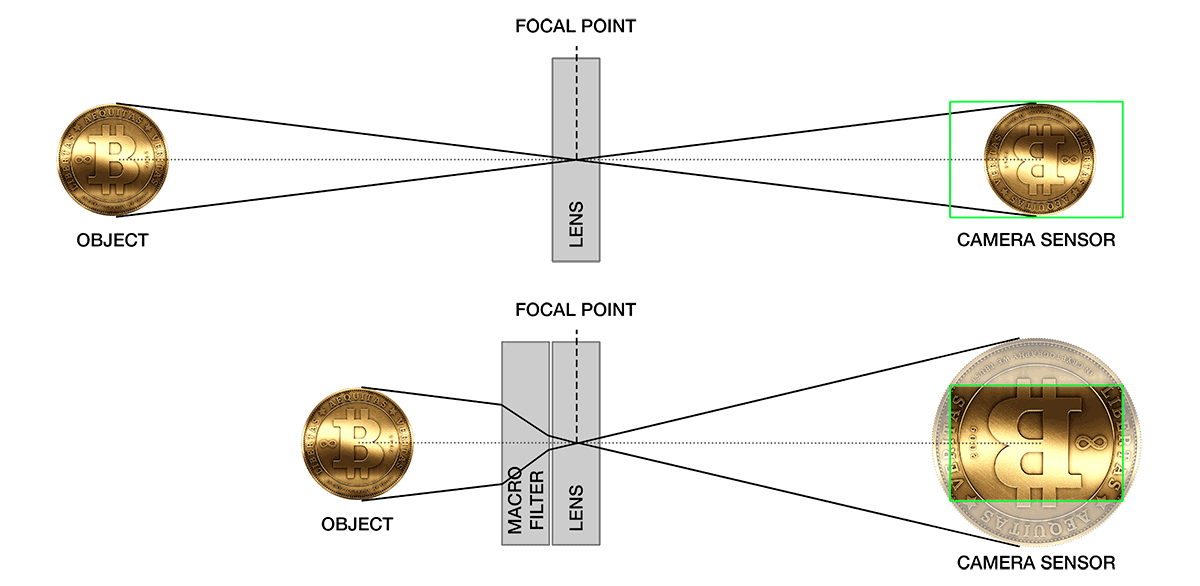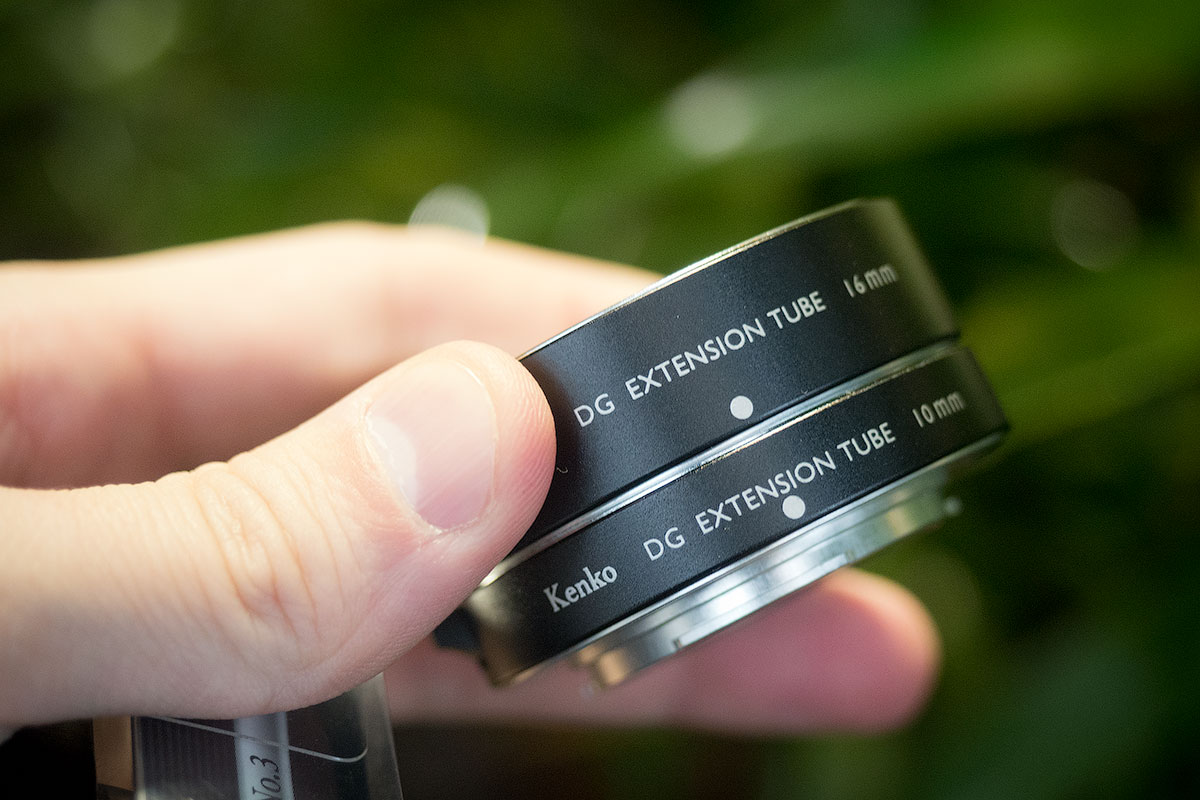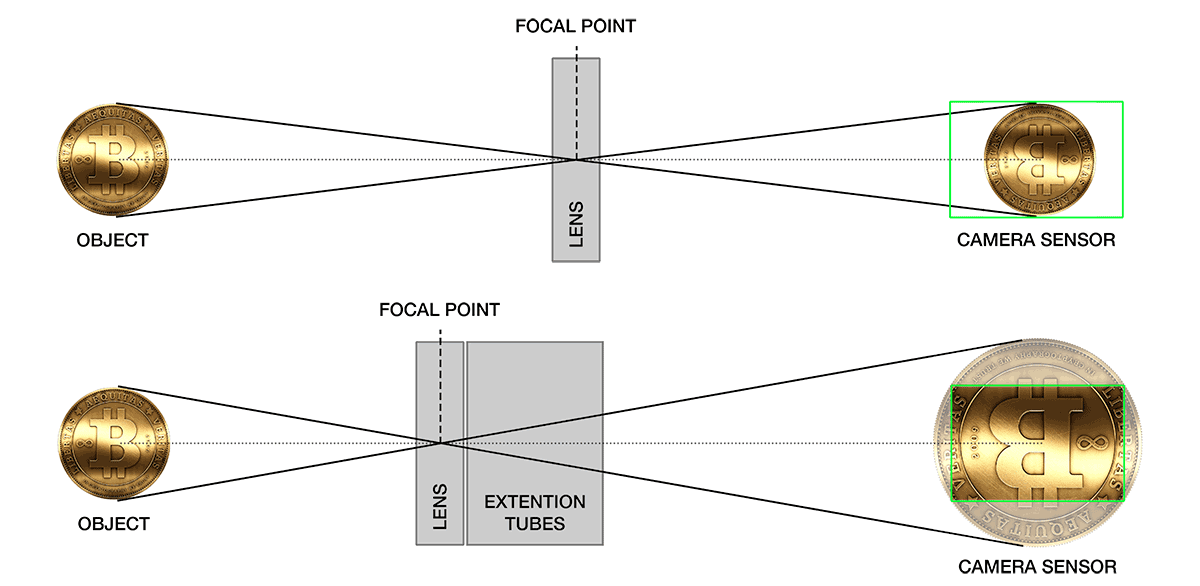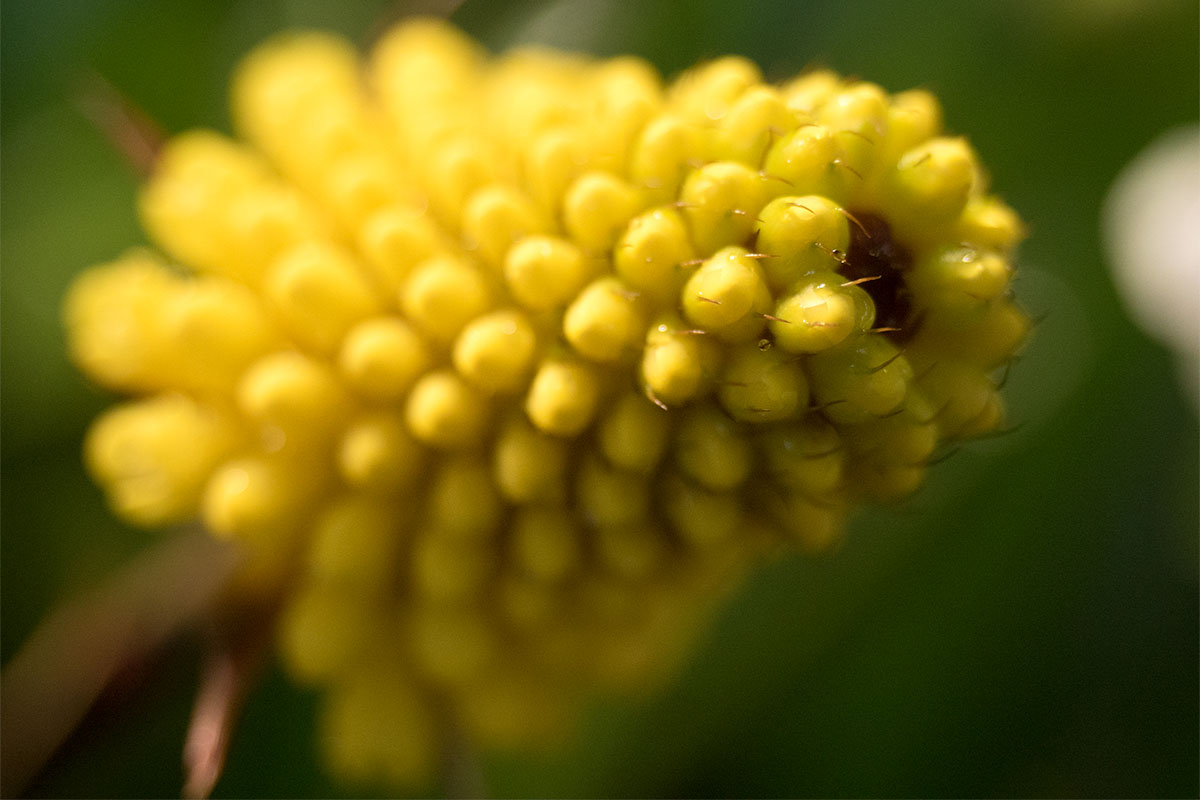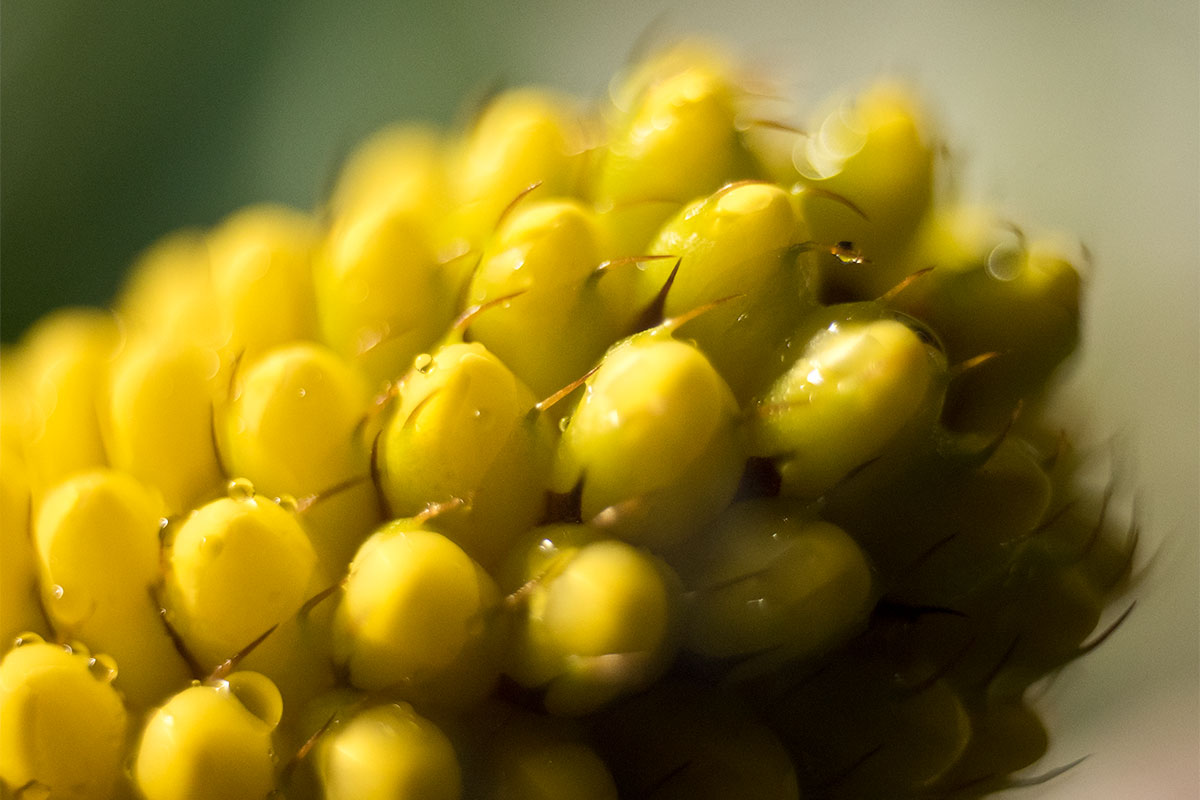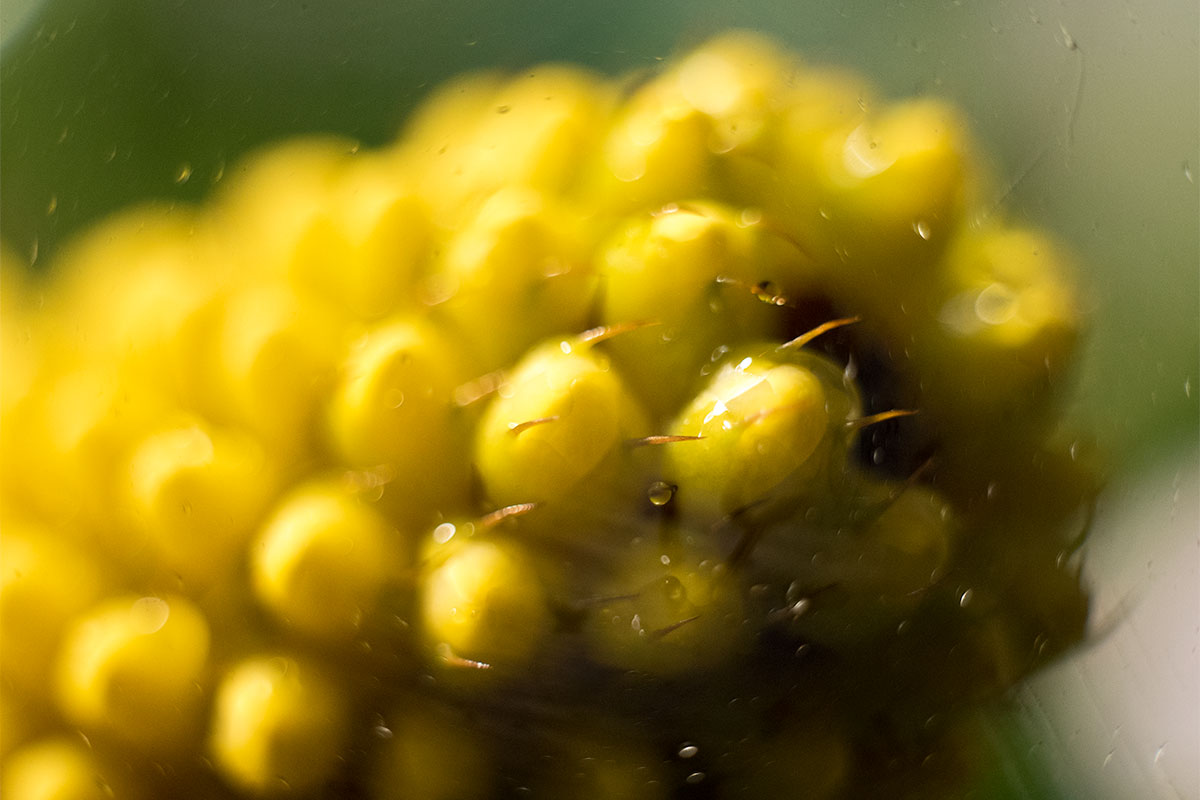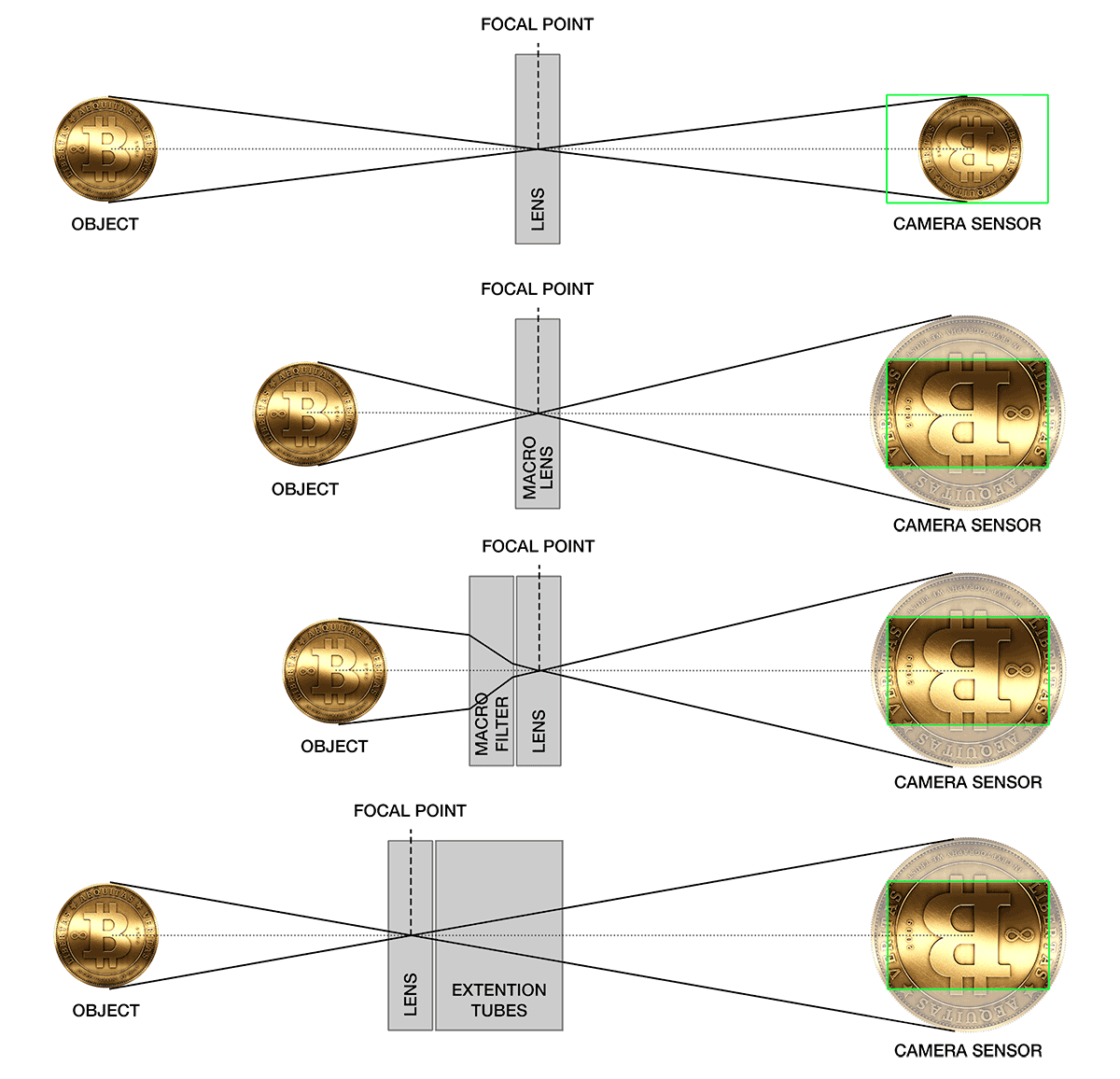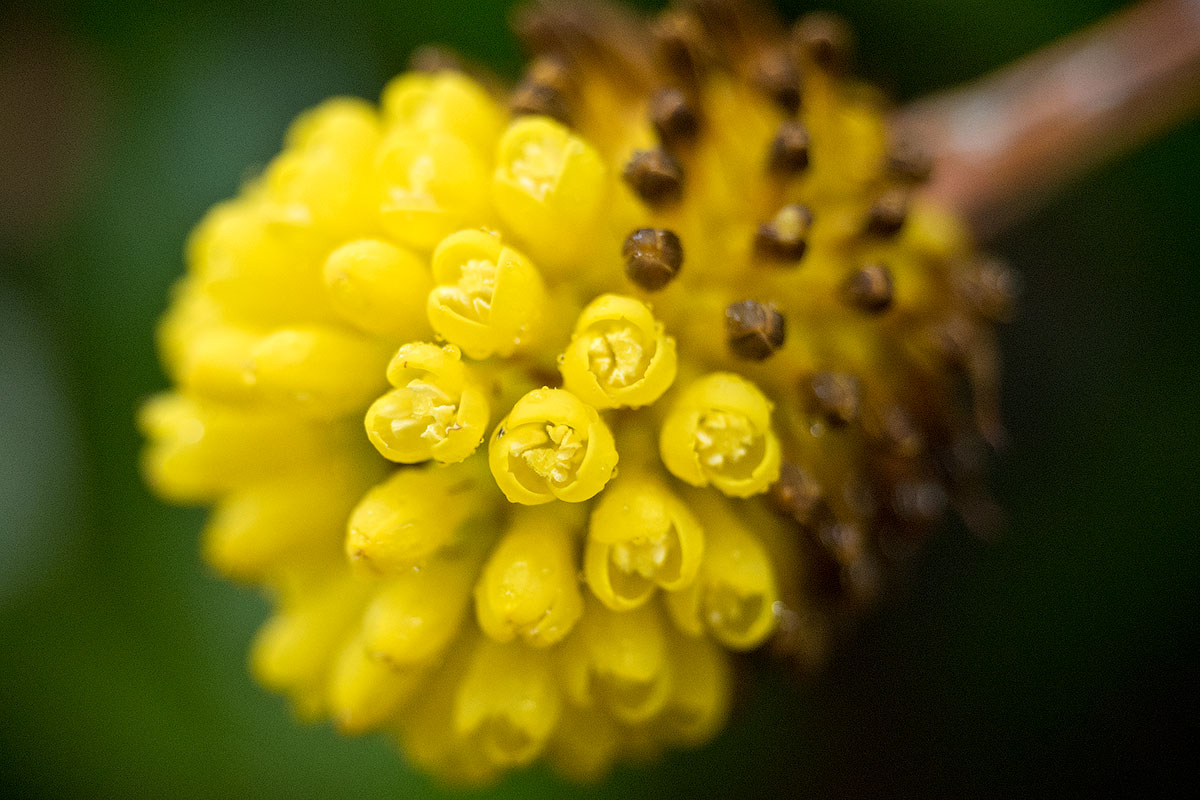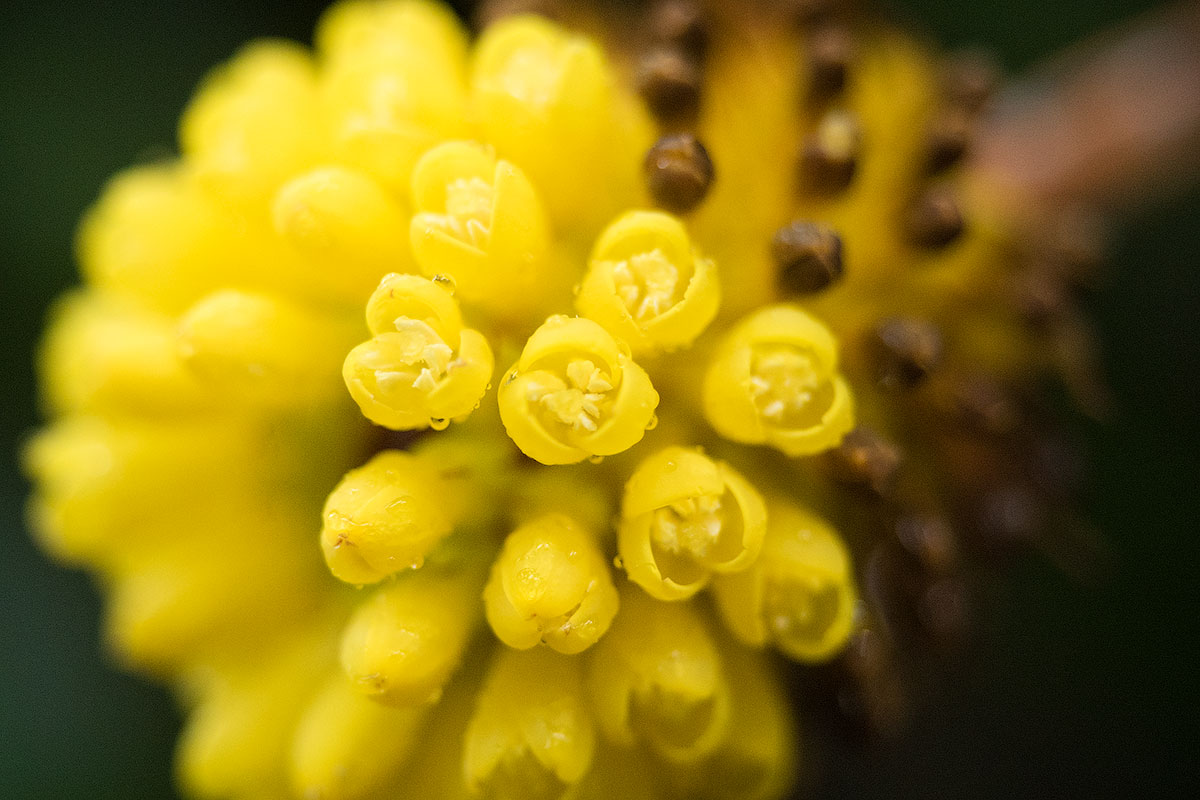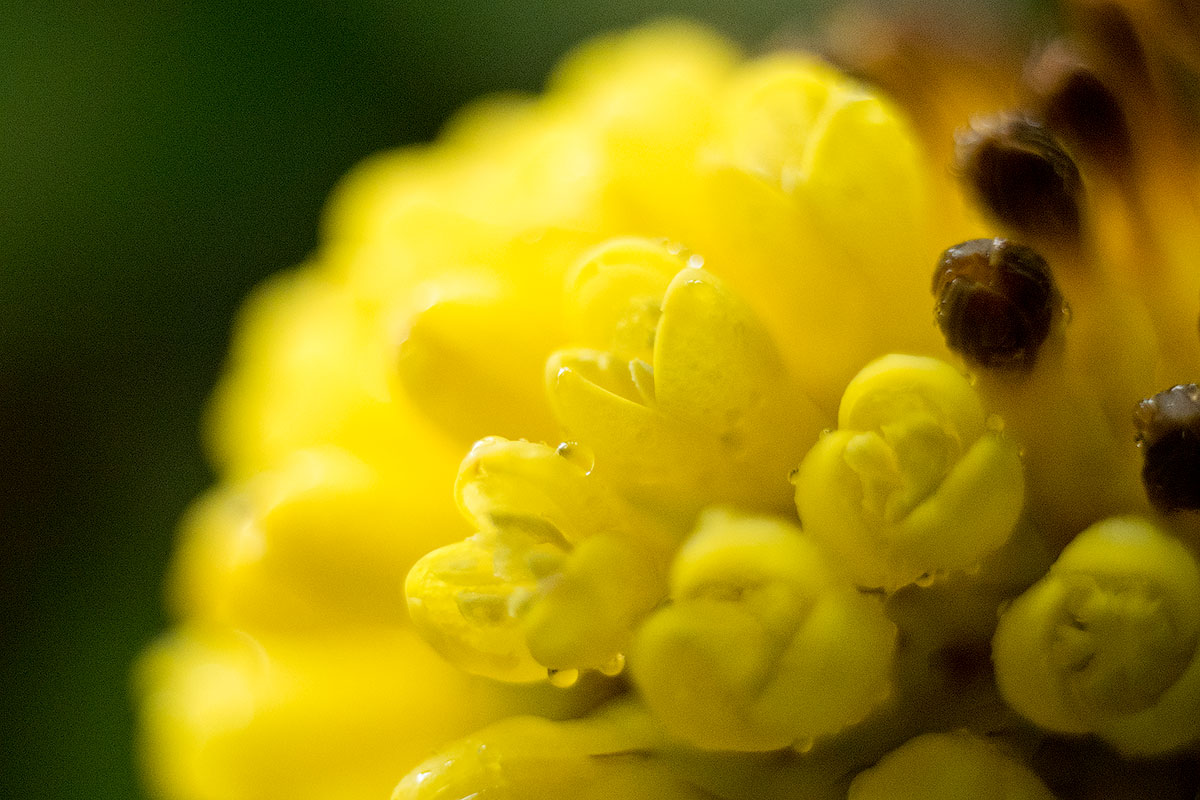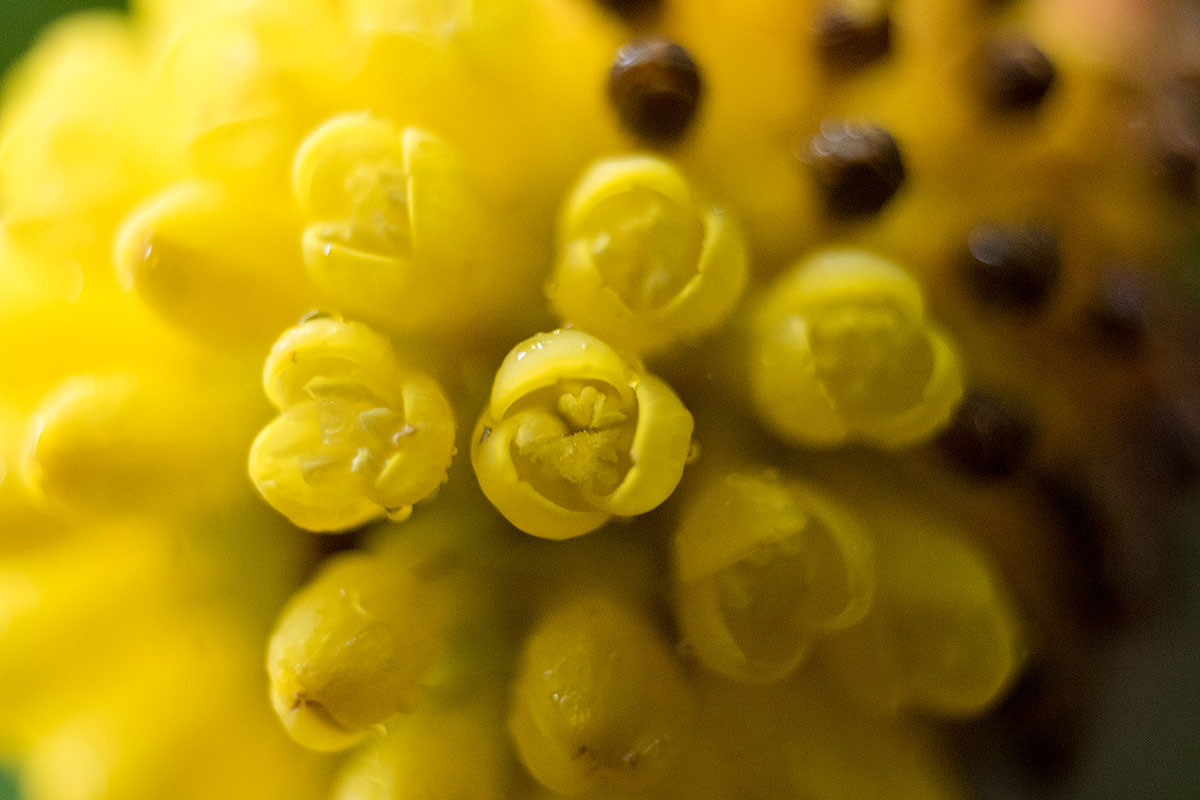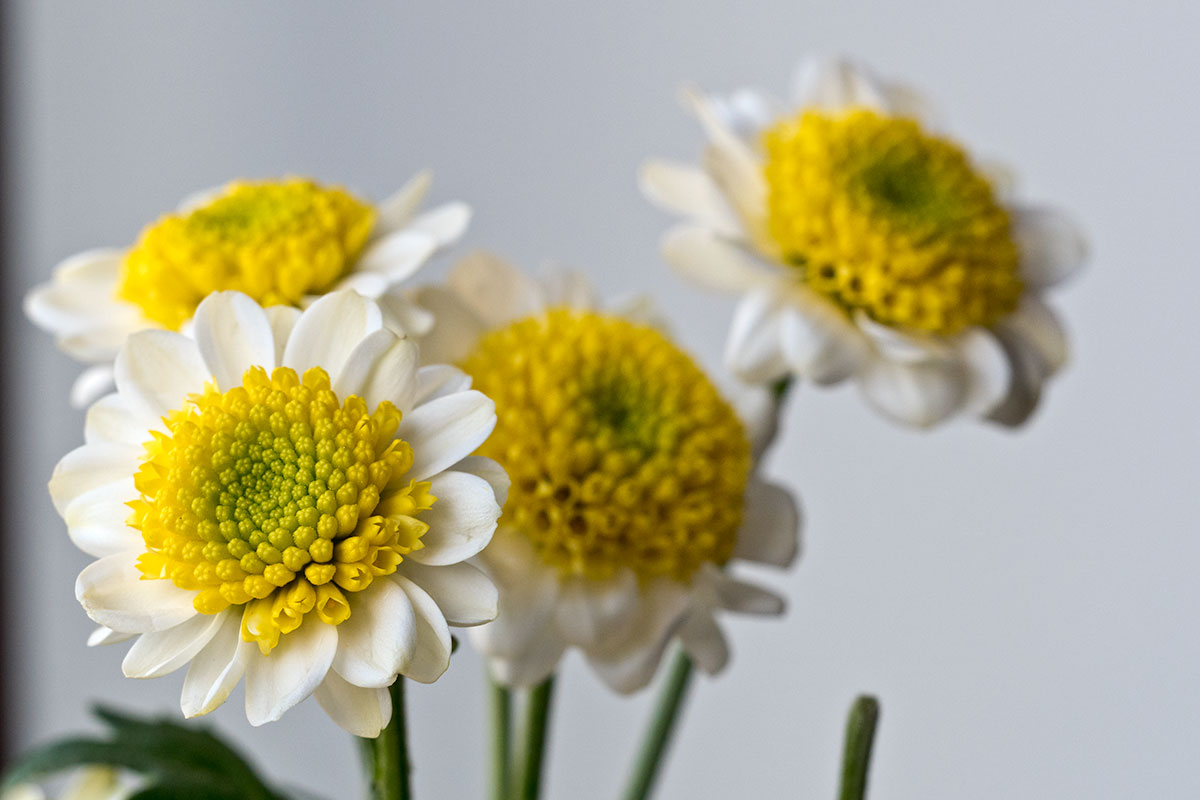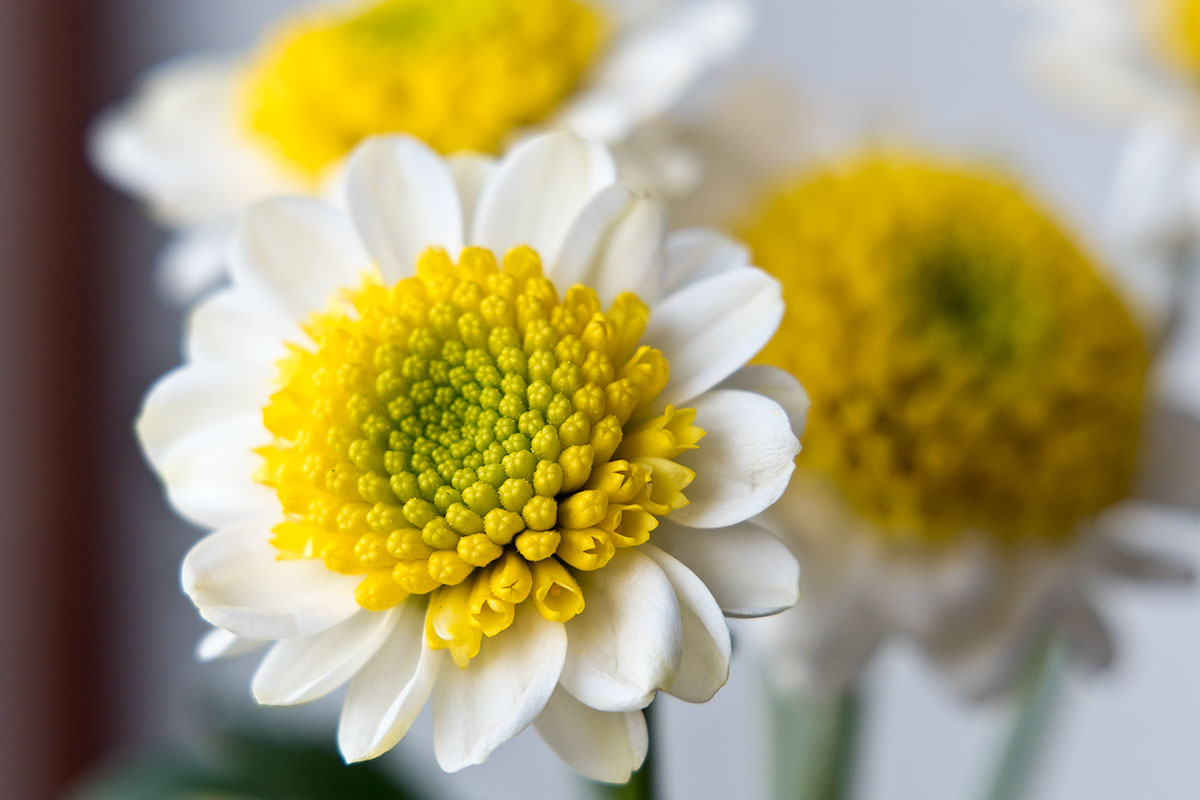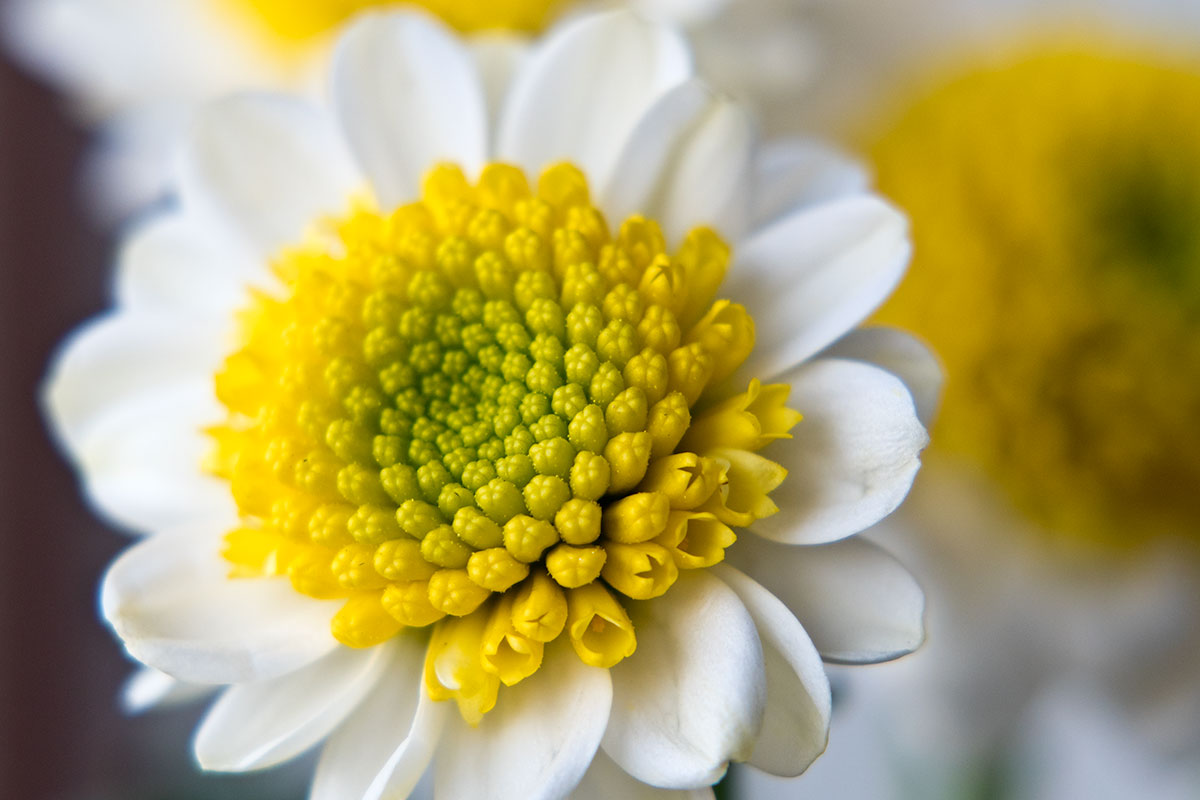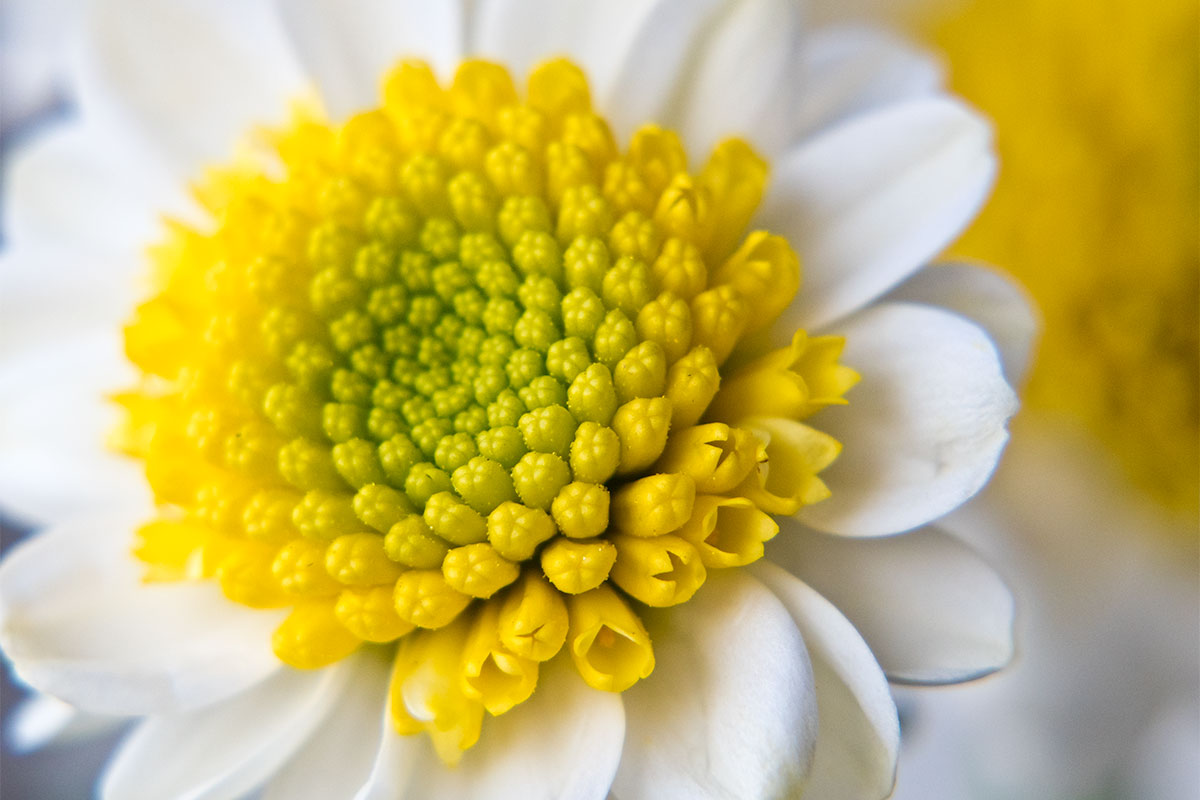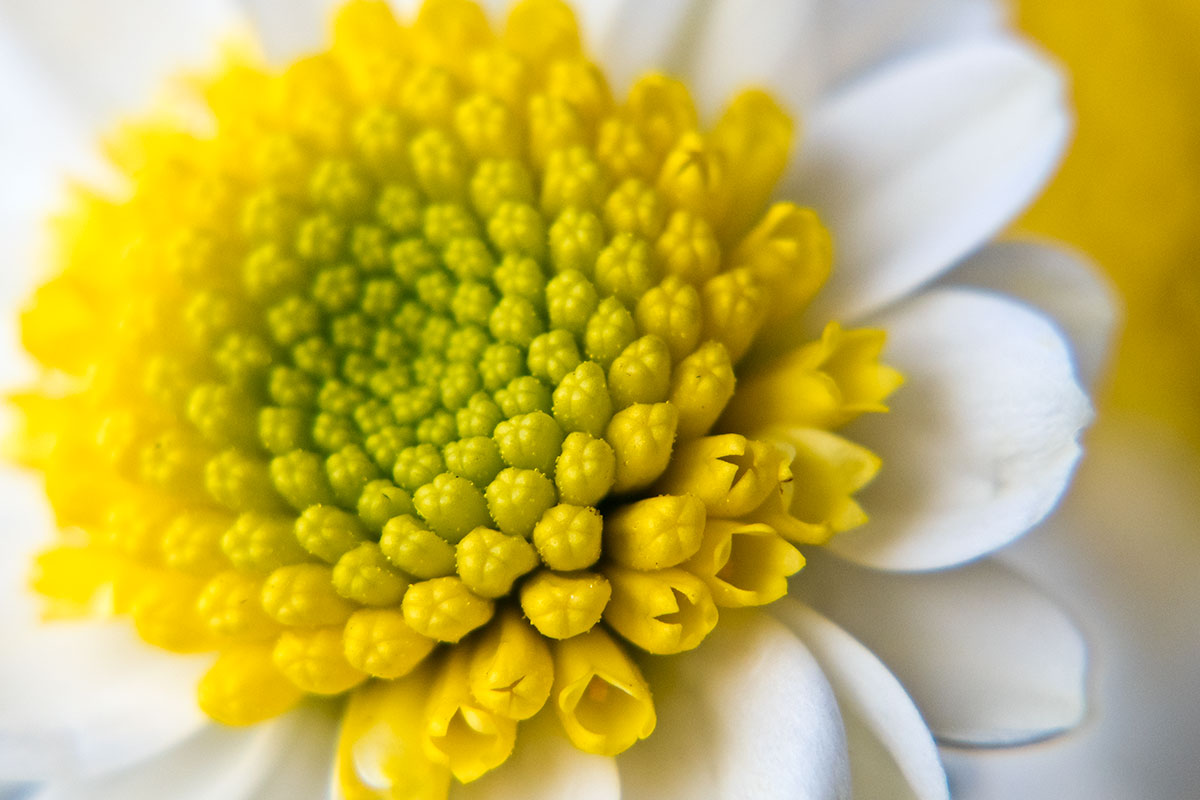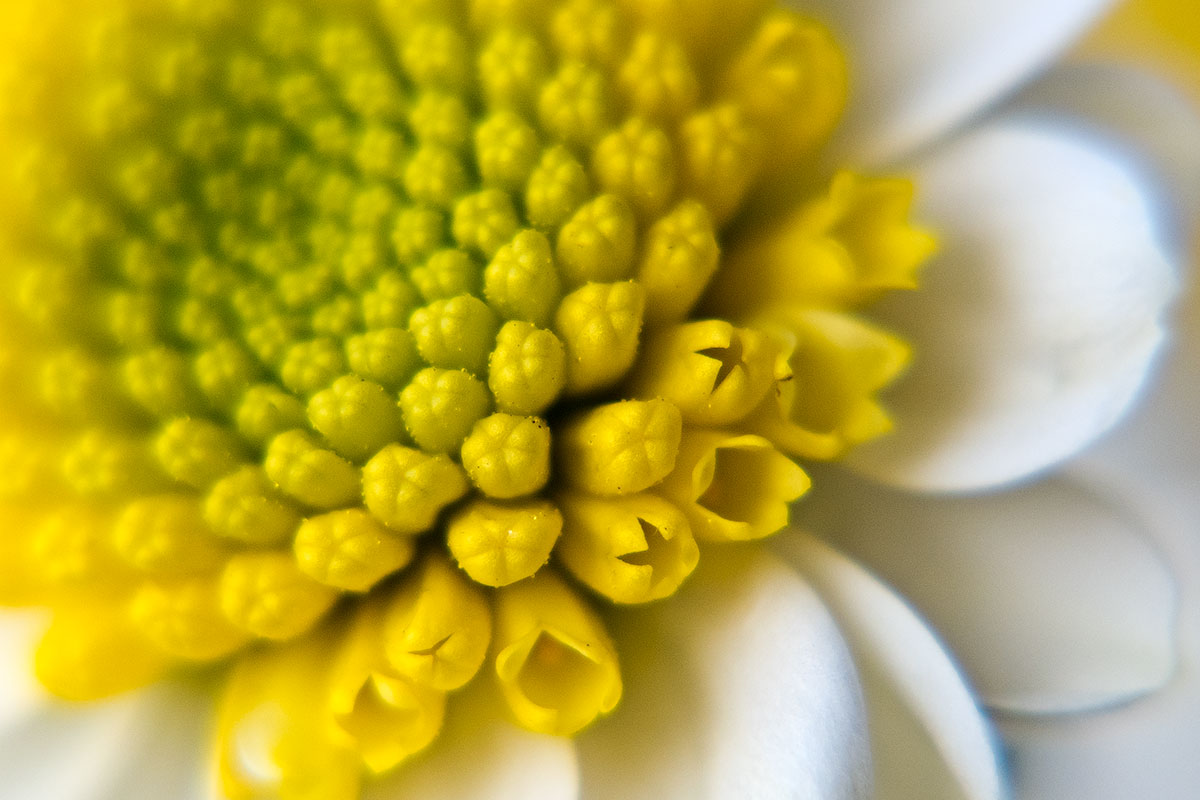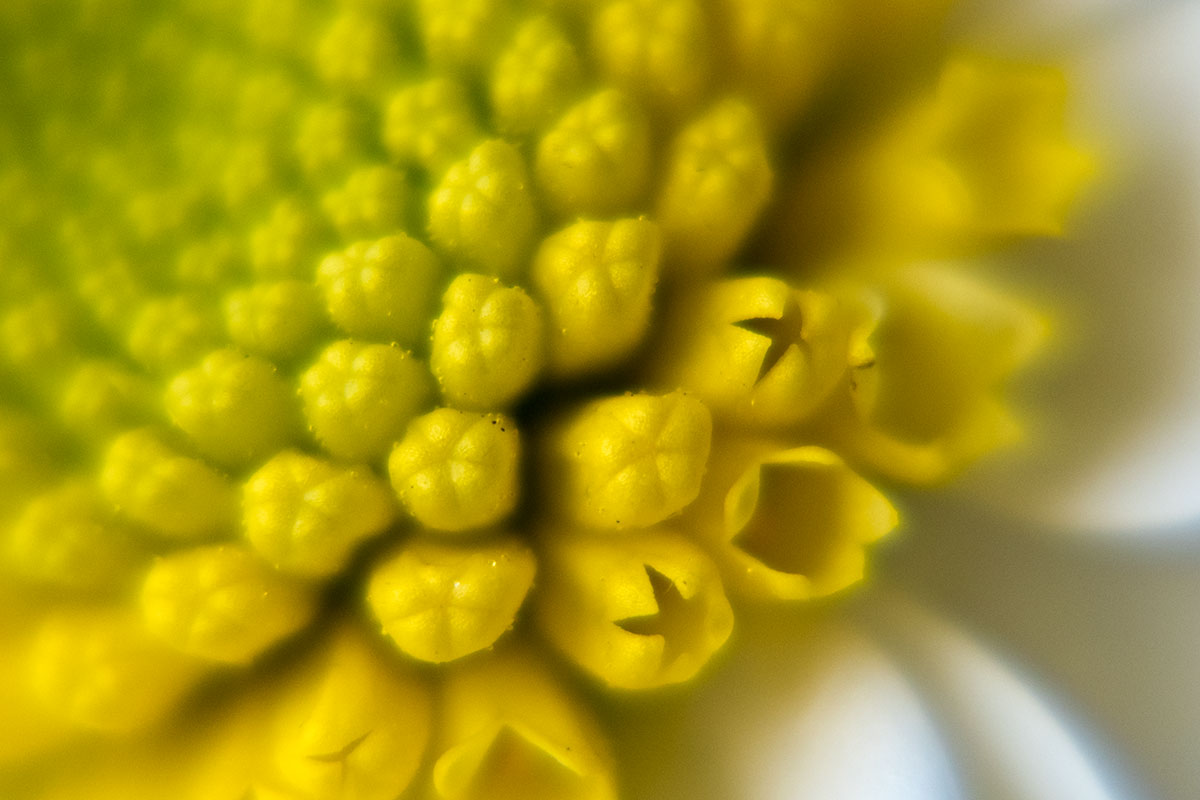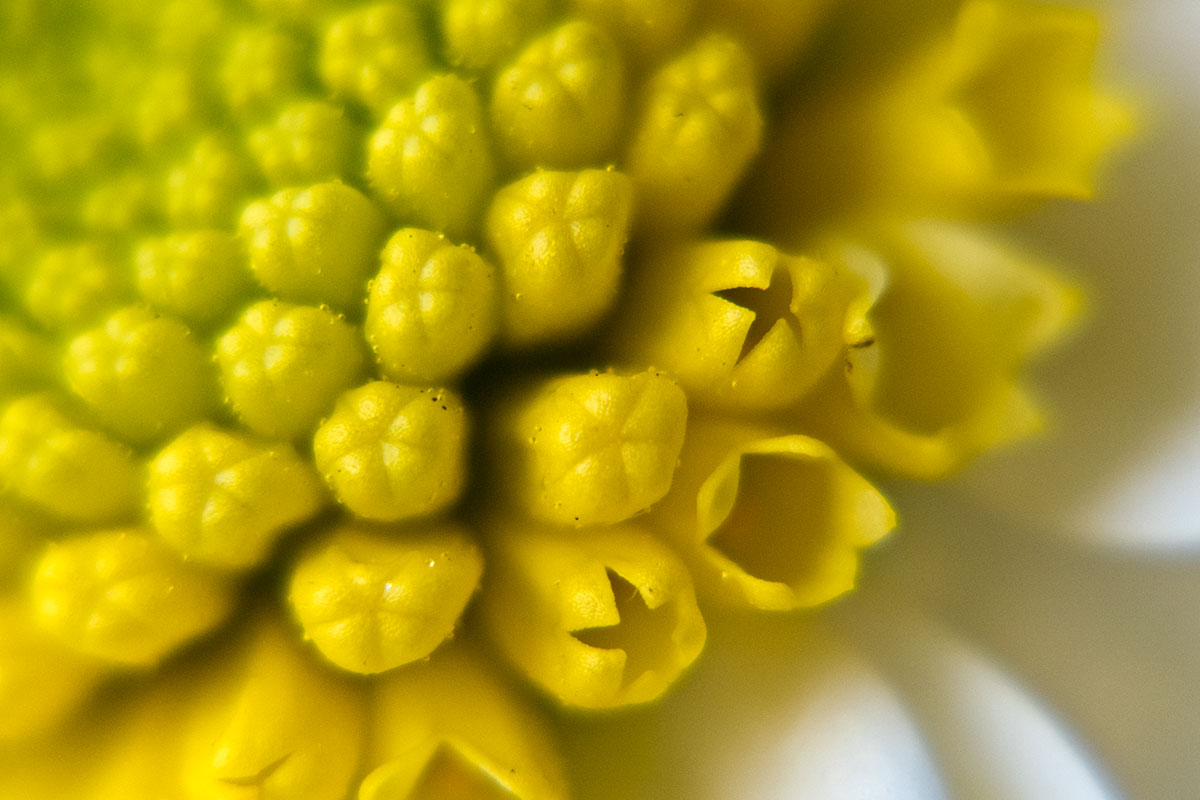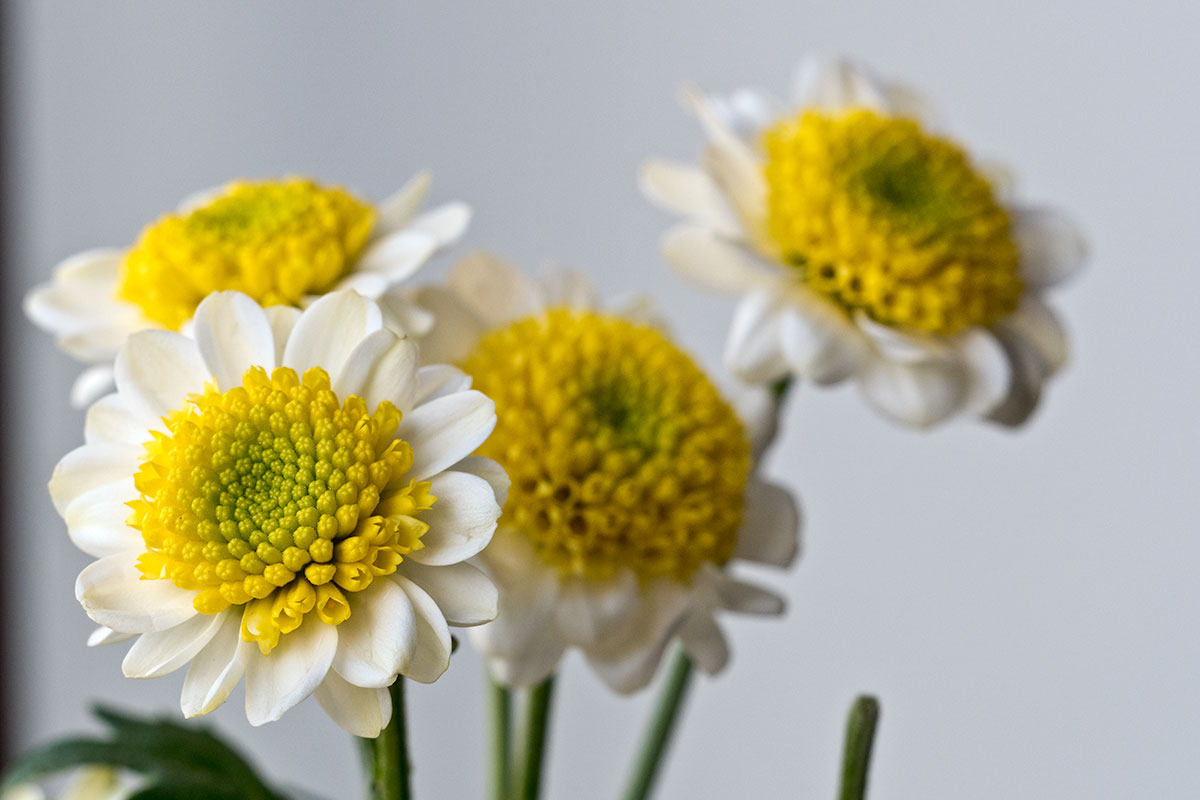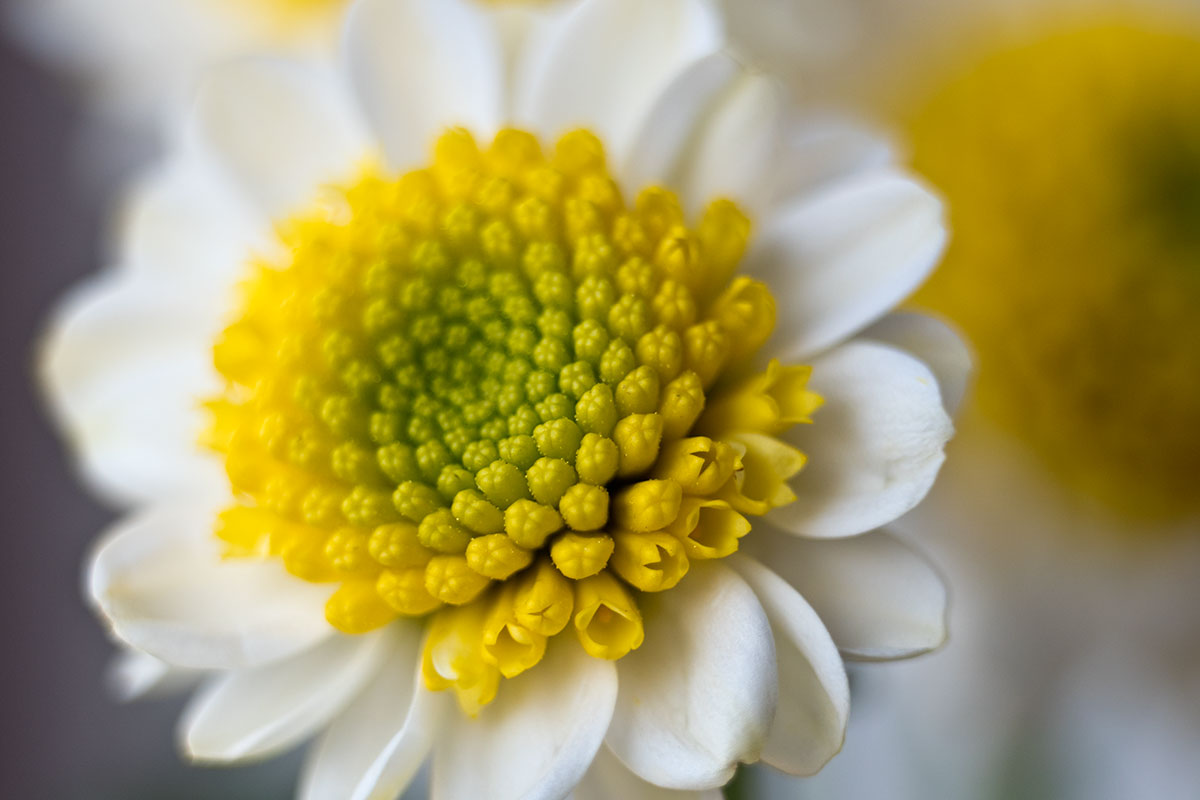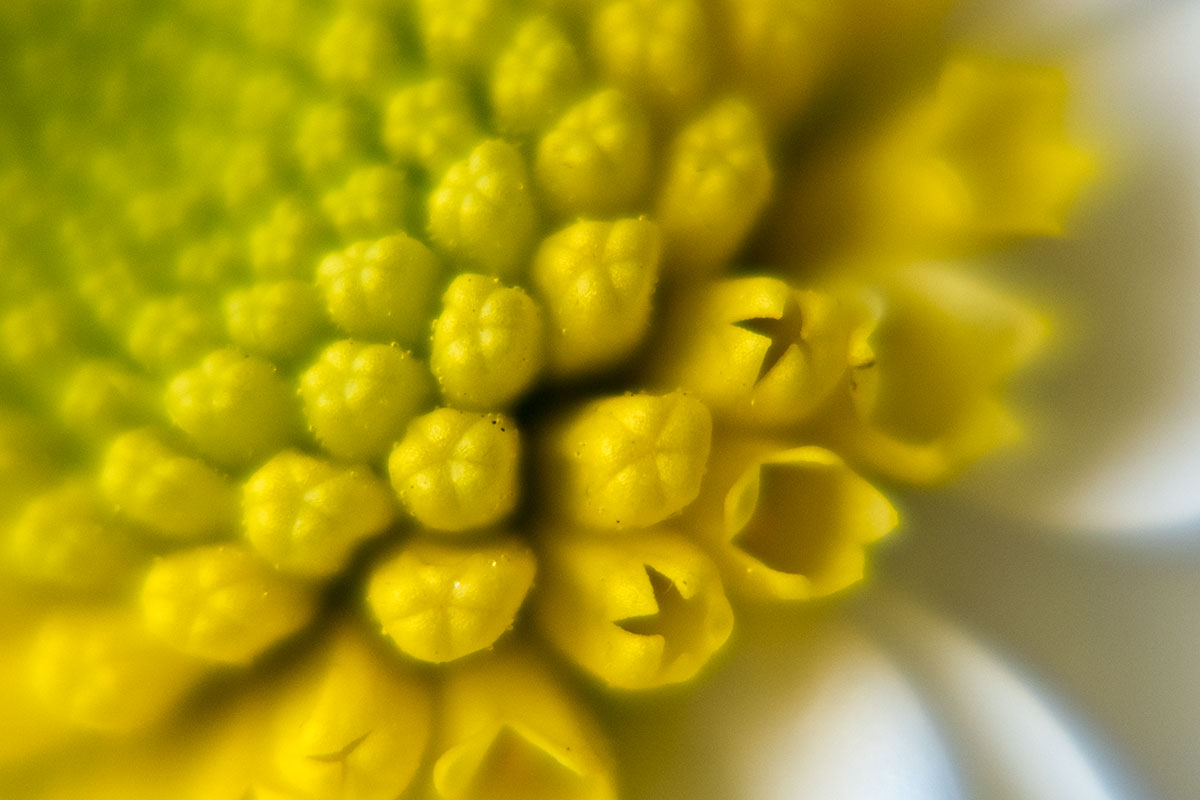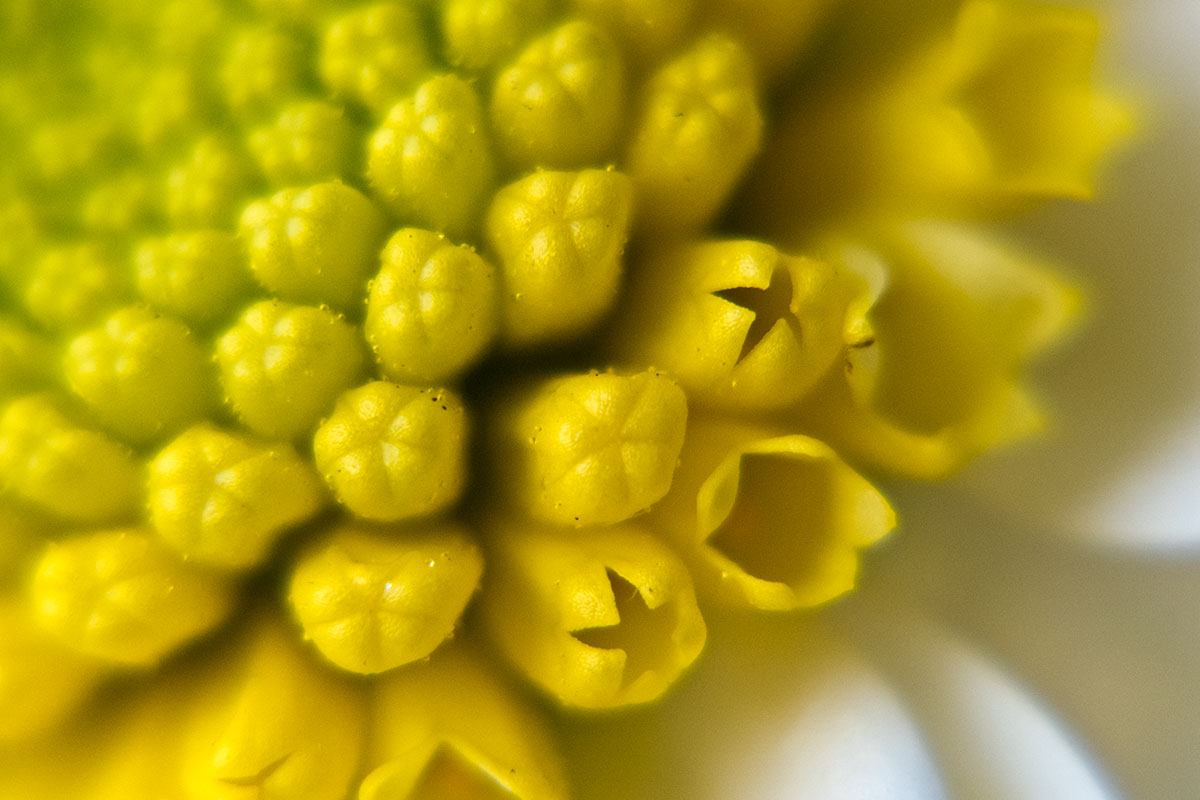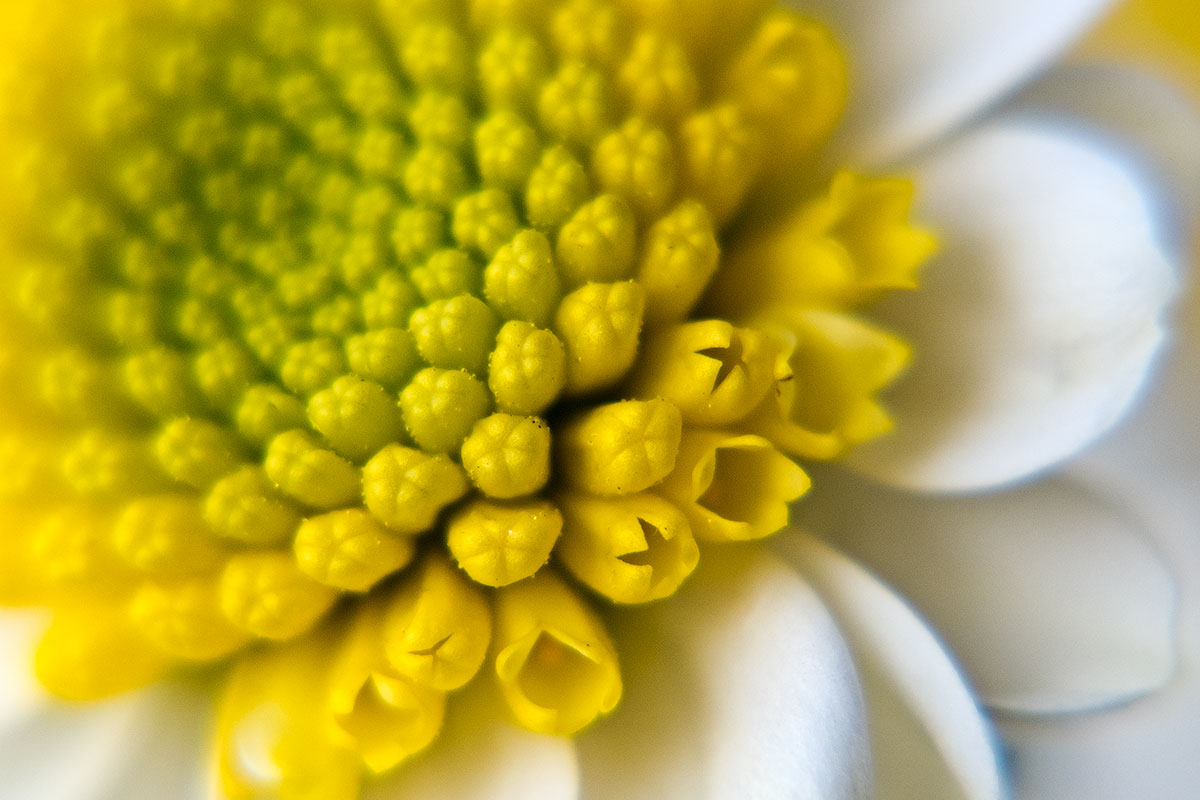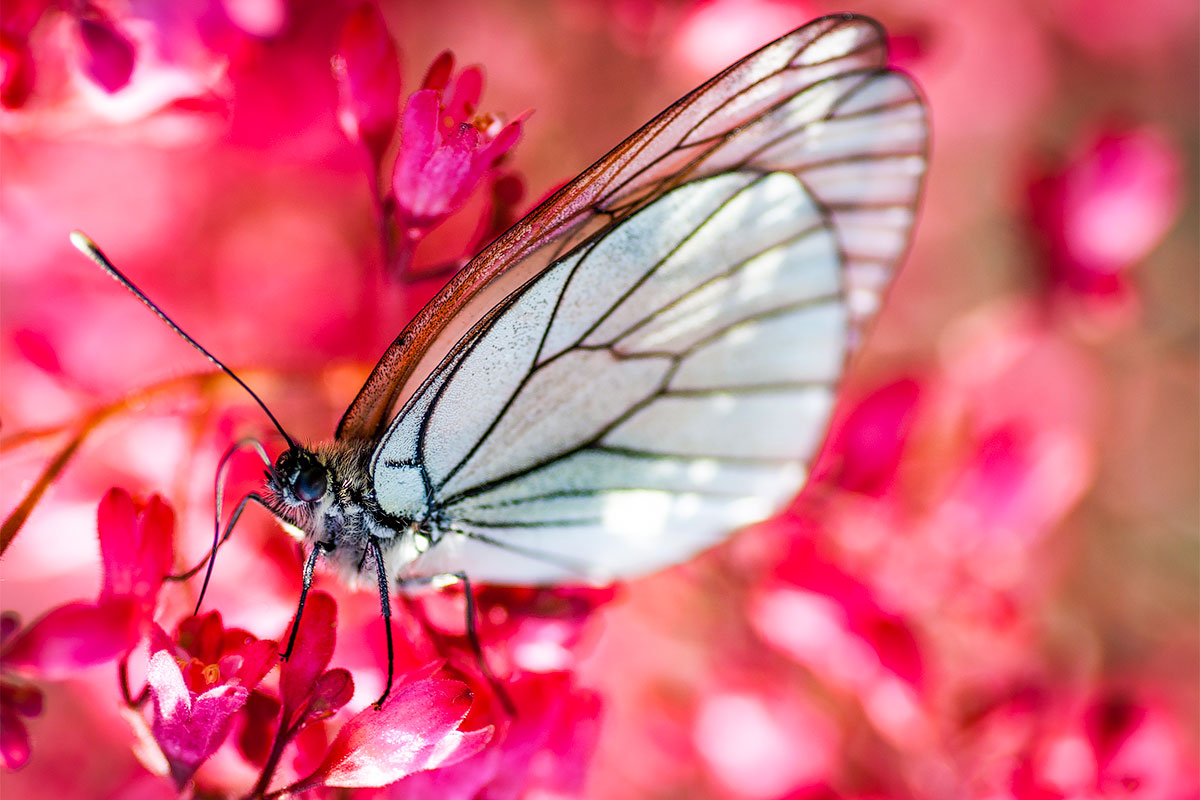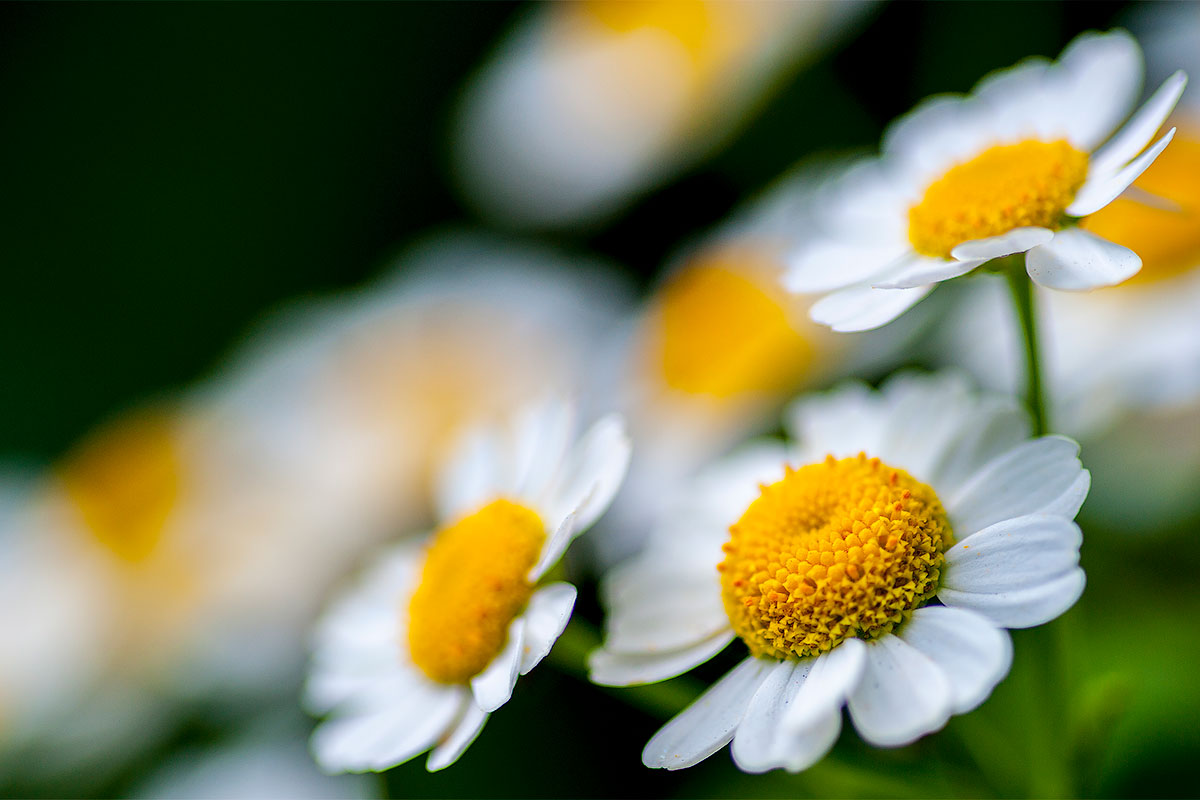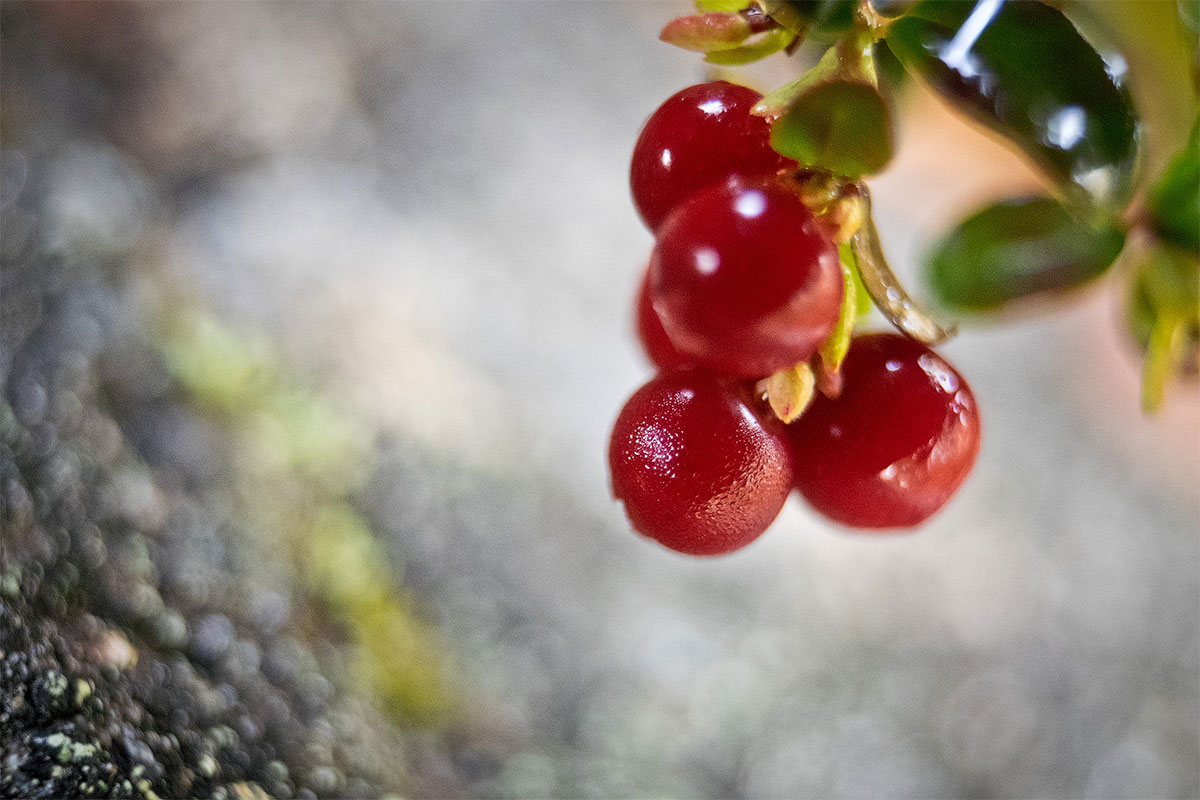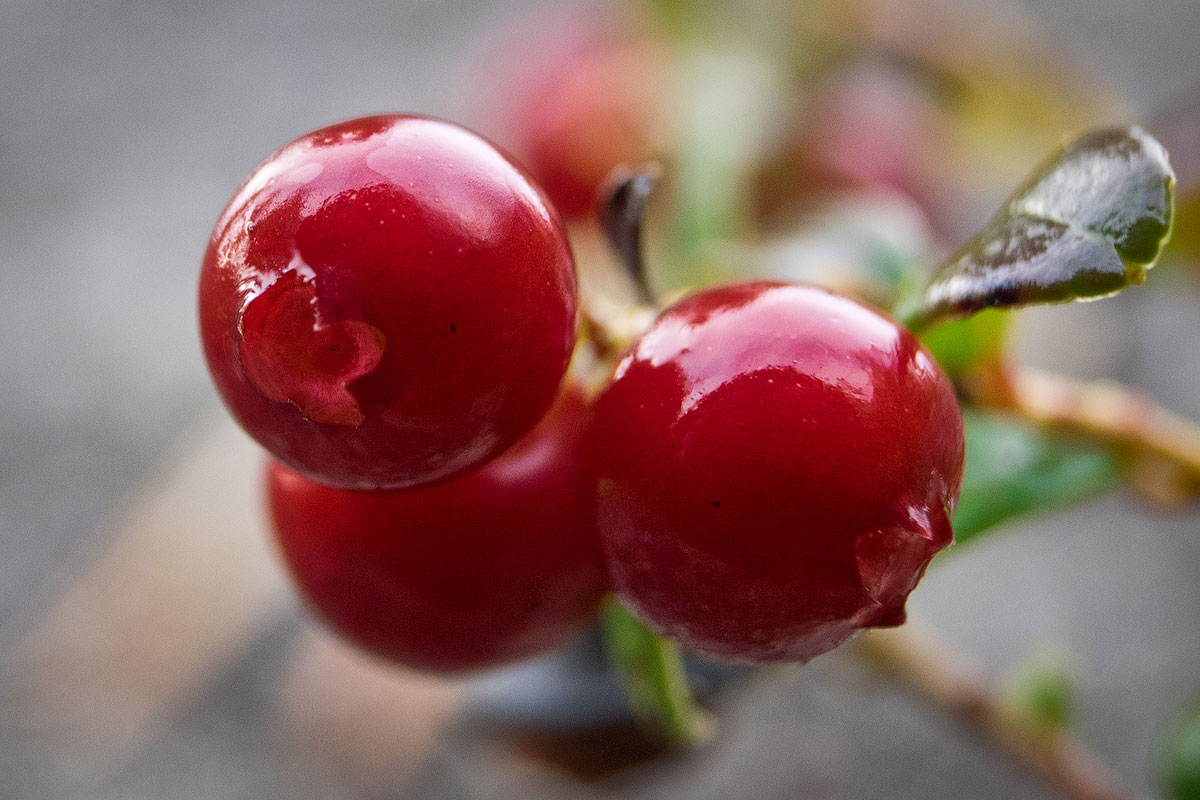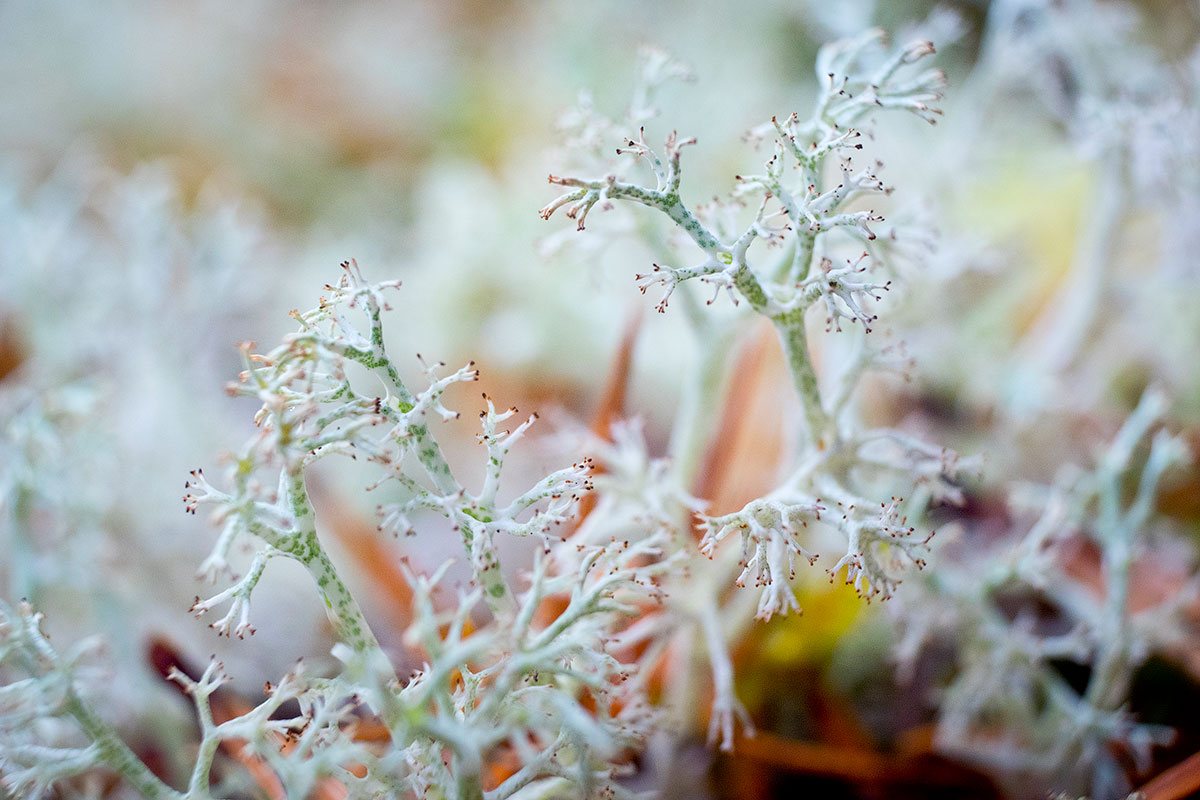Close-up filters and Extension Tubes for macro photography
Macro photography is a very interesting shooting technique which photographers of many genres will eventually face. Whether you are shooting still life, flowers, bugs, wedding details, or even portraits you will eventually need to get a little closer for extra magnification. This article we will help you understand the theory and practice of macro photography using close-up filters and Extension Tubes as an alternative to expensive macro specific lenses.
Introduction to macro photography theory
The essence of macro photography comes down to the capabilities of the optical system.
The most important feature here is the ability to get the largest possible projection of the object onto the sensor of the camera. This is achieved through the large focal length and small focus distance of the lens.
Macro lenses
Common lenses with long focal length (telephoto lenses) have a rather large close (near) focus distance (hereinafter CFD). And vice versa, lenses with small CFD have a short focal length (wide angle lenses). Therefore, there are special versions of the lenses designed for macro photography - they combine both; a long focal length and small CFD. Such lenses are called macro lenses and usually have a high aperture and a constant (fixed) focal length. Also they could be used in other genres (i.e. in portrait photography).
The illustration below shows the differences when using a standard lens and a macro lens with small CFD. You can see how the macro lens allows to get closer to the object and thereby increases the macro ratio.
Due to the constant focal length (i.e. it is not zoom lens), bigger size and high price, macro lenses are usually purchased by professional photographers who have a specific need for macro photography. If you are an amateur and want to try macro photography for yourself, but are not ready to buy a macro lens, there are other more affordable ways. The remainder of the article will take a closer look at affordable accessories such as close-up filters and Extension Tubes that can extend the capabilities of the lenses you already own.
Close-up filters
Close-up filters are in fact optical macro-attachments to the lens. They have a thick frame, convex front
element and can be attached to the camera lens in the same way other filters are attached.
The main essence of close-up filters is to reduce the CFD of the lens and increase optical magnification to produce a "macro" effect. Simply the close-up filter works on the same principle as a magnifying glass. Also close-up filters slightly increase the aperture ratio of the system (i.e., they collect more light).
The first option in the illustration below is shooting without a close-up filter. The object is placed in the smallest CFD (if you move closer, the object goes out of focus). The next illustrated option is a close-up filter attached to the lens, which gives an additional magnification and allows you to focus from a closer distance.
An important advantage of close-up filters in comparison with extension tubes, which will be further considered below, is the possibility of using them on cameras with non-replaceable optics (those ones that have a thread for filters).
Close-up filters have different diopter numbers and are marked accordingly. I.e. CLOSE-UP No.1 (or sometimes +1) mark means that the filter has 1 diopter, CLOSE-UP No.2 = 2 diopters etc. The more diopters, the closer you can shorten the CFD of the lens. Close-ups can be sold separately as single filters or as a set (e.g. the most common set of 3 filters is CLOSE-UP No.1, CLOSE-UP No.2 and CLOSE-UP No.3). Also, you can combine the number of filters by screwing one to another one, thereby summing up the diopter number.
However, it is important to understand that an additional optical element, like a close-up filter, inevitably leads to a drop in image quality that is mostly noticeable at the corners of the image. Moreover, the drop in quality will be stronger for a filter with a big diopter number than for several combined lower diopter filters with the same total magnification number. For example, it is better to use a combination of CLOSE-UP No.1 and CLOSE-UP No.2 than a single CLOSE-UP No.3. When combining the filters, the lower diopter strength filters should be in front of the stronger ones (i.e. closer to the object) in this case the distortions will be smaller.
Chromatic aberrations are another type of distortion, which you may face when using close-up filters. To suppress such aberrations special achromatic models with multi-coatings have been designed. They are more expensive, thicker and heavier, but allow you to get shots of higher quality. These filters are usually marked as "AC", "Achromatic" or "Achromat".
The resolution comparison between a common close-up filter and of an achromatic filter (a notepad cell)
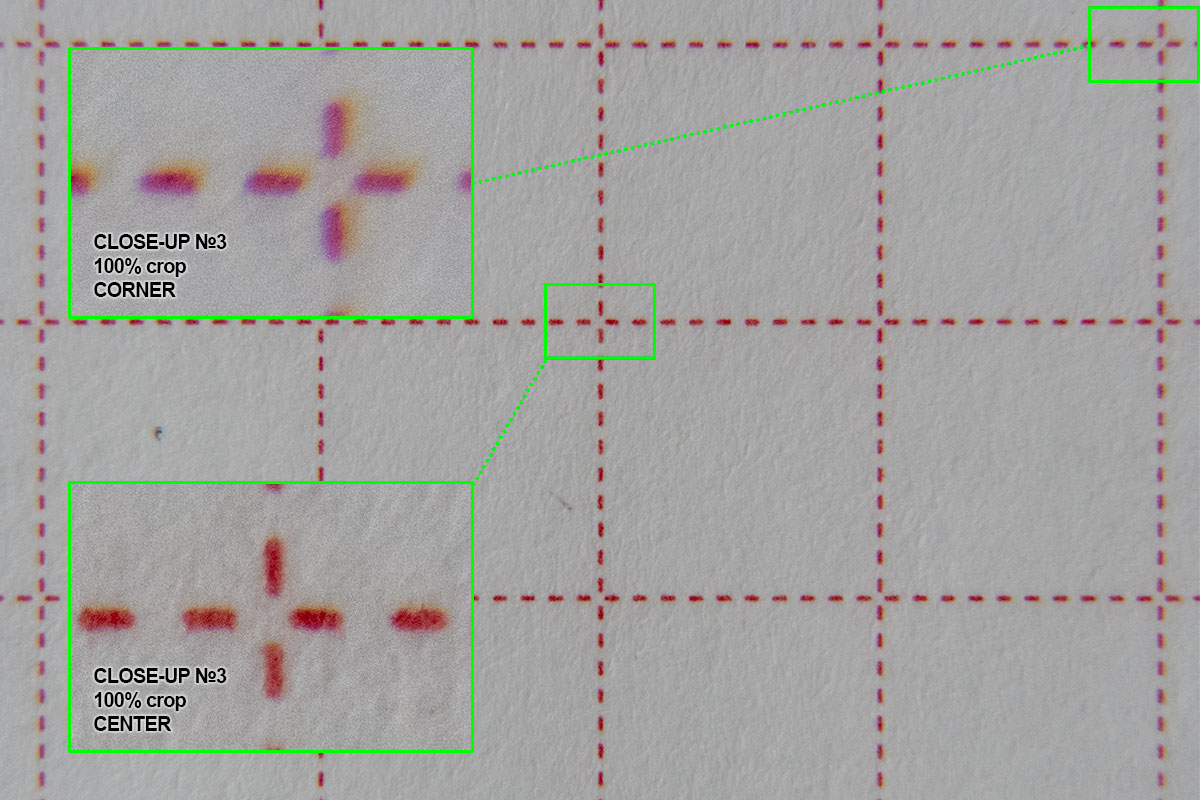 |
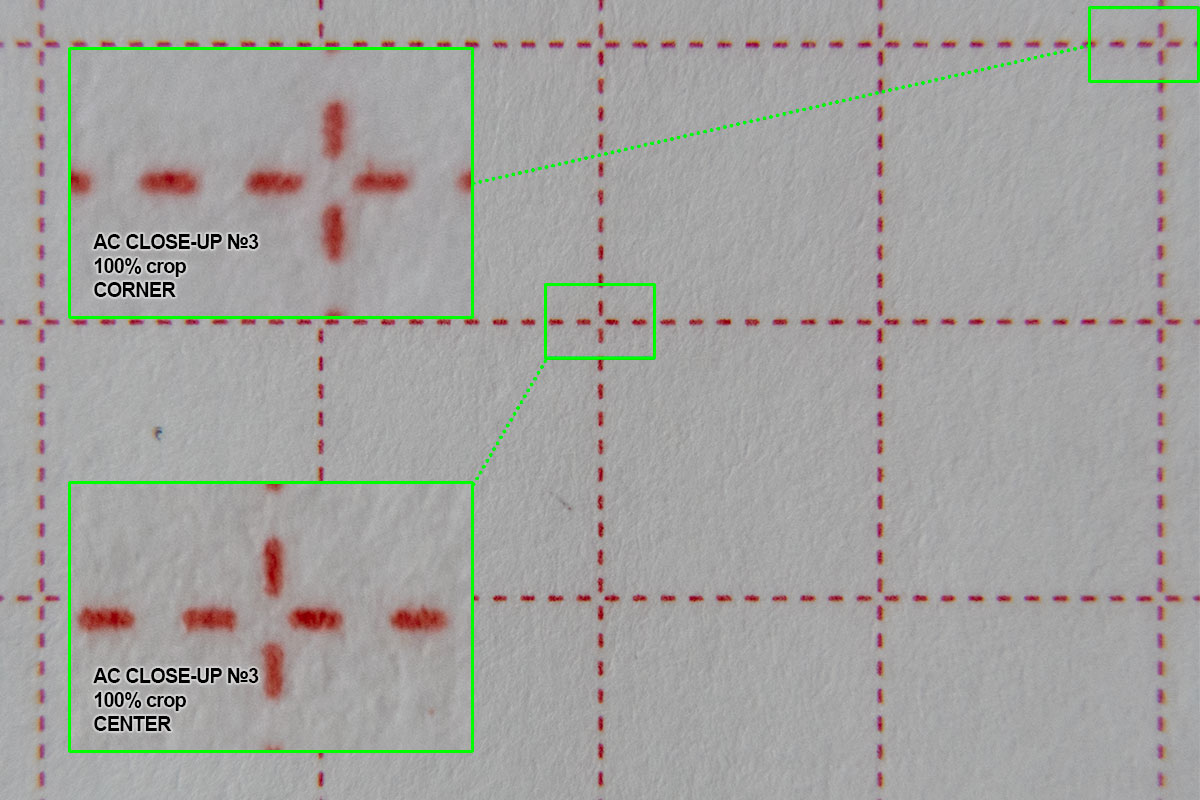 |
Perhaps someone will notice that the image of a common close-up filter is sharper in the center. However, this is due to the high grain/noise, because this shot was accidentally made with a high ISO. In fact, both filters showed approximately the same sharpness in the center, while achromatic filters look noticeably sharper in the corners. But that's all about technical testing.
Now let's see the differences in practice.
The resolution comparison between a common close-up filter and achromatic filter (field test)
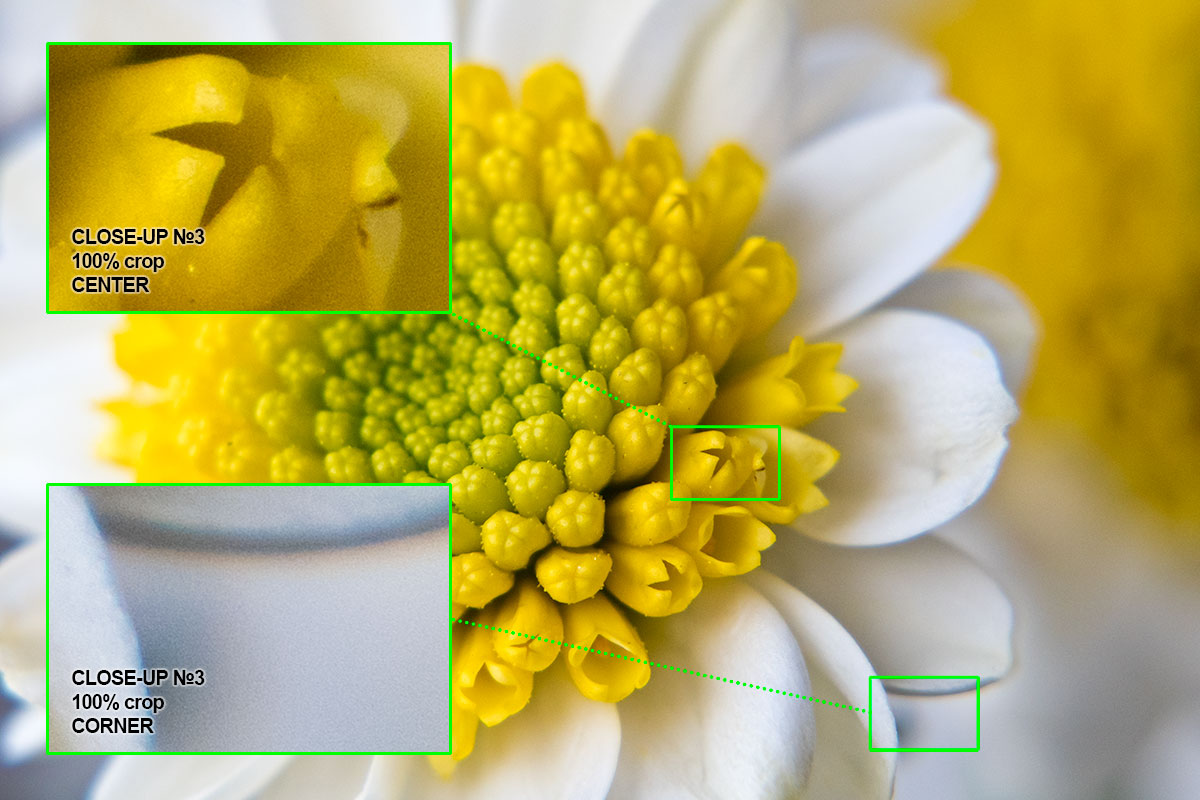 |
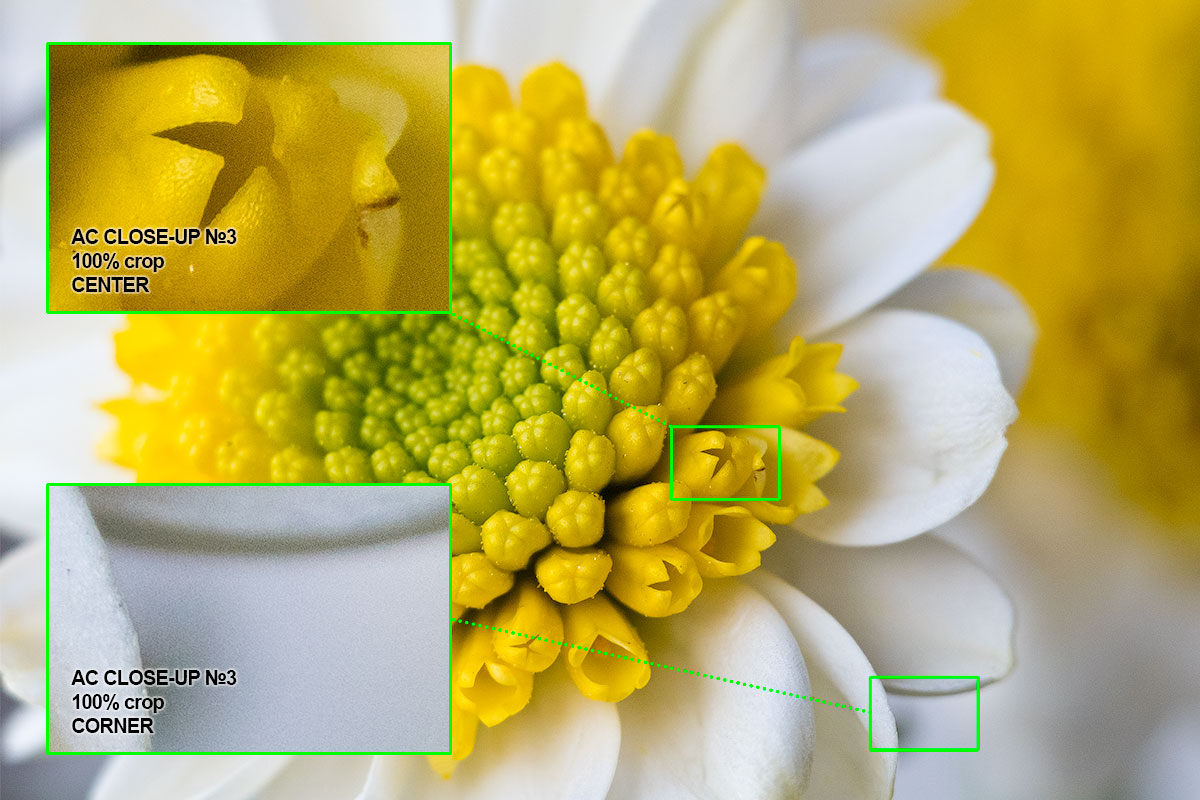 |
In practice, when shooting a macro, the main object is often centered, while the corners are out of focus. Therefore, the drop in sharpness and aberrations along the corners are not so significant. At first glance, the center of the image reveals good sharpness on both filters. But if you take a closer look, the achromatic one provides much more detail.
When using a close-up filter, the field of view (FOV) becomes very small. In addition to big distortions mentioned above, it is recommended to shoot with f/5.6-8 or higher aperture value to increase overall depth-of-field and perceived sharpness. However, you should always remember about the diffraction limit of your system. The example below shows changes in sharpness when closing the aperture. And the most significant drop of sharpness with an opened aperture is noted in natural light conditions. All these aspects will be also discussed in detail in the practical part of the test.
Dependence between sharpness and aperture size
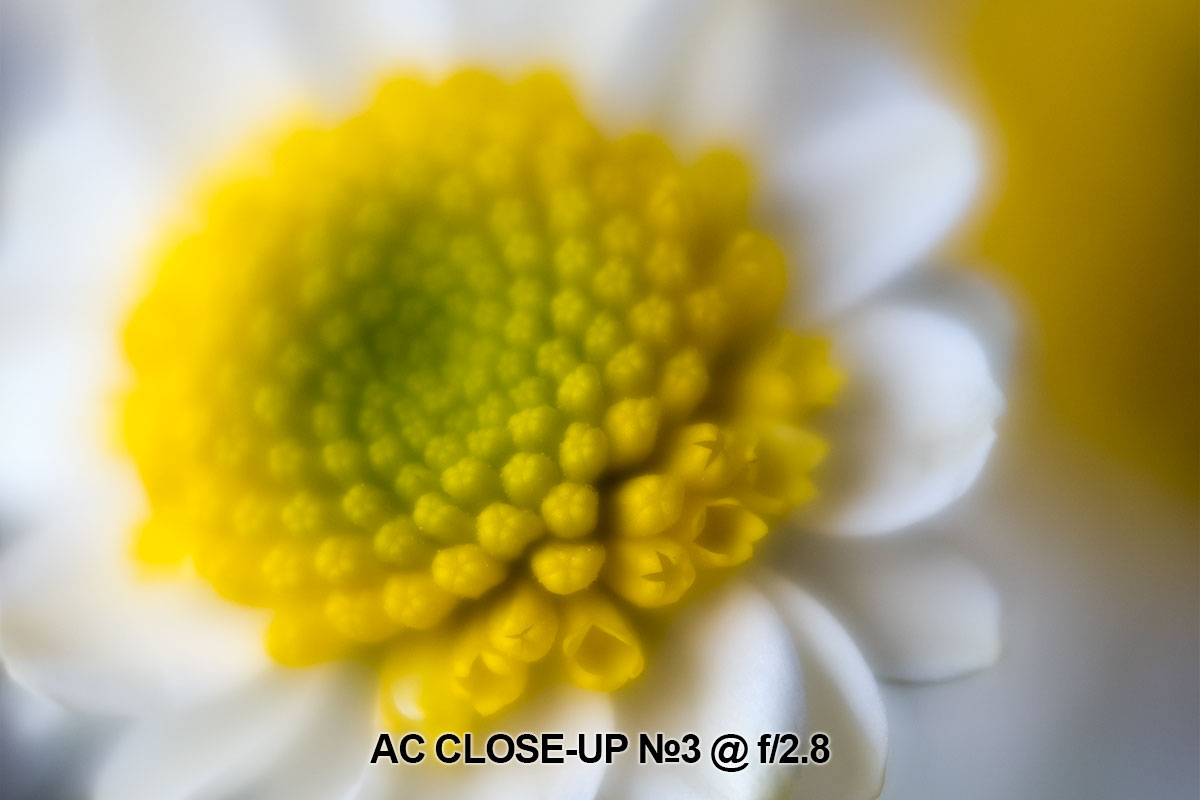 |
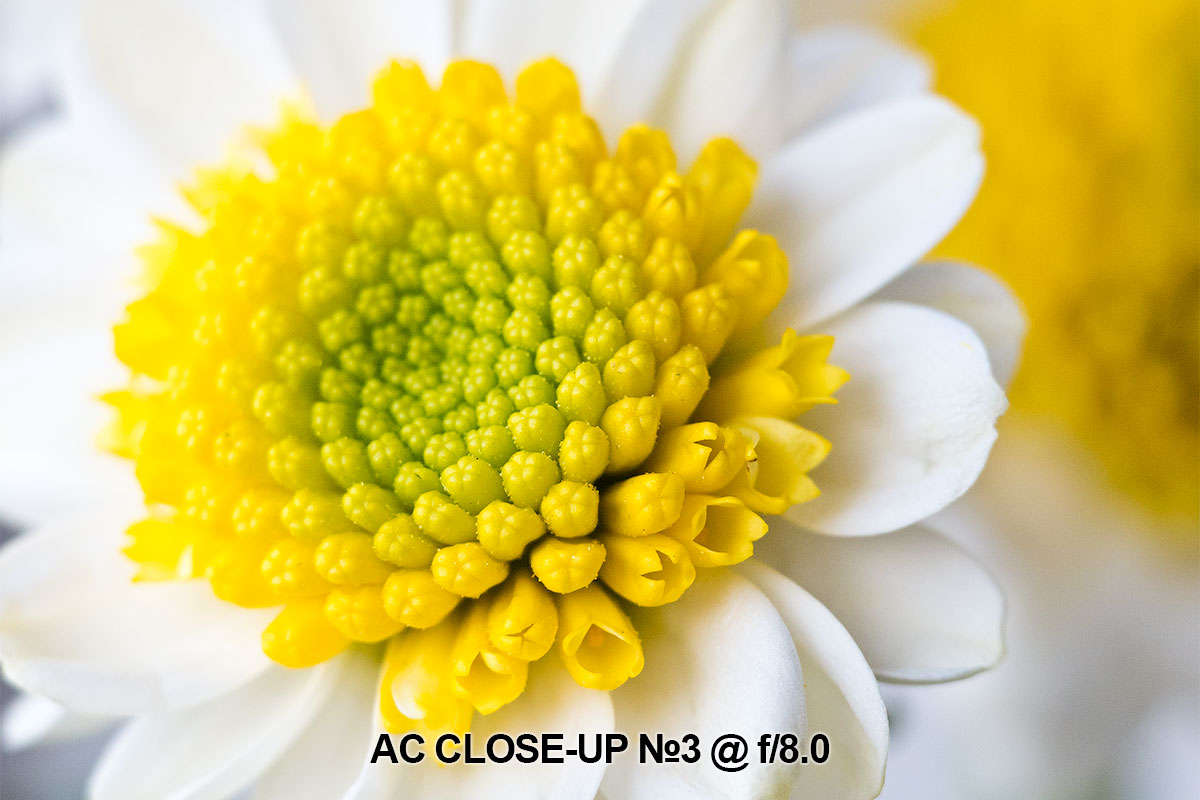 |
Extension Tubes
Extension tubes (also known as "macro rings") are special spacer rings that can be inserted between the camera and the lens. They increase the flange focal length of the camera, making the scale bigger.
As you can see in the illustration below you can achieve a bigger scale due to the longer distance between the camera sensor and the lens focal plane. CFD is also shrinking.
The design of extension tubes is very simple and has no optical parts. As a rule extension tubes are available in sets of 2-3 rings of different length. You can use them separately or combined. The smaller the focal length, the thinner the macro ring required, otherwise the lens will not be able to focus and will finally touch the subject (as you can clearly see in the example below). Therefore, a division into several parts allows you to control the thickness of the spacer.
Extension tubes are relatively inexpensive and are available from many manufacturers. The only things you should pay attention to are the availability of data transfer contacts, quality of assembling (rings should precisely fit each other, and between the camera and the lens) and matte finish of the inner surface to prevent glare.
Extension tubes have a number of important advantages over close-up filters. First of all: versatility. Rings are mounted between the camera and the lens and therefore can be used with any lens unlike filters, which depend on the diameter of the external thread of the lens. Second, extension tubes give high quality images over the entire image area, and therefore do not require you to stop down the aperture.
But extension tubes have their drawbacks. Unlike close-up filters, the rings reduce the actual aperture ratio, i.e. the system becomes slightly darker. Although on the other hand, given that the rings allow you to shoot at the most opened aperture (unlike close-ups), this disadvantage is offset. It is also obvious that extension tubes can only be used on systems with interchangeable lenses. It is important to remember that the constant change of optics increases the risk of getting dust on the sensor. Autofocus may not work or will not always be accurate. On the other hand, no matter what you are using for shooting macro, it is always recommended to use manual focus.
Now let's summarize everything into one illustration.
As already mentioned above, a macro lens is the best tool for macro photography in terms of quality. However, today we are reviewing more accessible variants, therefore will not pay more attention on macro lenses.
Close-up filters significantly reduce the CFD. Therefore, we can conclude that filters give maximum effect with telephoto lenses, where the CFD is tens of centimeters. As a result, the telephoto capabilities of the lens combined with a significant reduction of the CFD and a few diopters of magnification will give a good macro ratio. But using close-up filters with wide-angle lenses, where the CFD is already small, will not give significant magnification.
The situation with extension tubes is actually opposite. Best results are showed with wide- and middle-angle lenses, where the thickness of the rings is comparable to the focal length. In combination with a small CFD you get shots with a good macro ratio. Applied to telephoto lenses, the effect will be less pronounced. And the more the focal length of the lens is, the smaller the effect will be.
Now let's move onto the practical part.
Practical field tests
Equipment and shooting techniques
- Olympus OM-D E-M5 Mark II camera
- Olympus ED 12-40mm f/2.8 Pro lens
- Olympus ED 40-150mm f/2.8 Pro lens
- Kenko DG Extension Tube Set for micro 4/3
- Kenko CLOSE UP No.1, No.2, No.3 and No.4 filters
- Kenko PRO1D AC CLOSE-UP No.3 filter
Shots with 12-40mm lens were made in a botanical garden. There was no permission to use tripod and I shot handheld, therefore in order to get an acceptable shutter speed I set fastest aperture of f/2.8 and ISO1600. That was enough to show the advantages of Extension Tubes compared to close-up filters when shooting with a wide angle lens.
Shooting with a 40-150mm lens was made in a studio with a tripod in daylight illumination. This shooting will show the advantages of close-up filters compared to Extension Tubes when shooting with telephoto lenses.
Testing
Wide angle lens
As mentioned above, handheld shooting with a wide-angle lens required me to set ISO1600 and the aperture at f/2.8. Close-ups are sensitive to the back lighting (it is clearly seen in studio tests with daylight) and by shooting with an open aperture we could expect a drop in sharpness, but this did not happen, probably because of the limited number of light sources.
As you can see from the examples, the use of close-up filters even with 3 diopters does not give significant magnification. But if you use an extension tube of 16mm, the difference becomes significant. On the other hand if you use both a tube and a filter the resulting magnification will be smaller than with just an extension tube only.
Telephoto lens
Here shots were taken in a studio with a tripod in daylight illumination through the window. So I could shoot with a low ISO and covered aperture (in the case of close-up filters).
First let's see what the maximum magnification will be using an extension tube. You can see that the magnification is significant but not as much as it was on the wide-angle test.
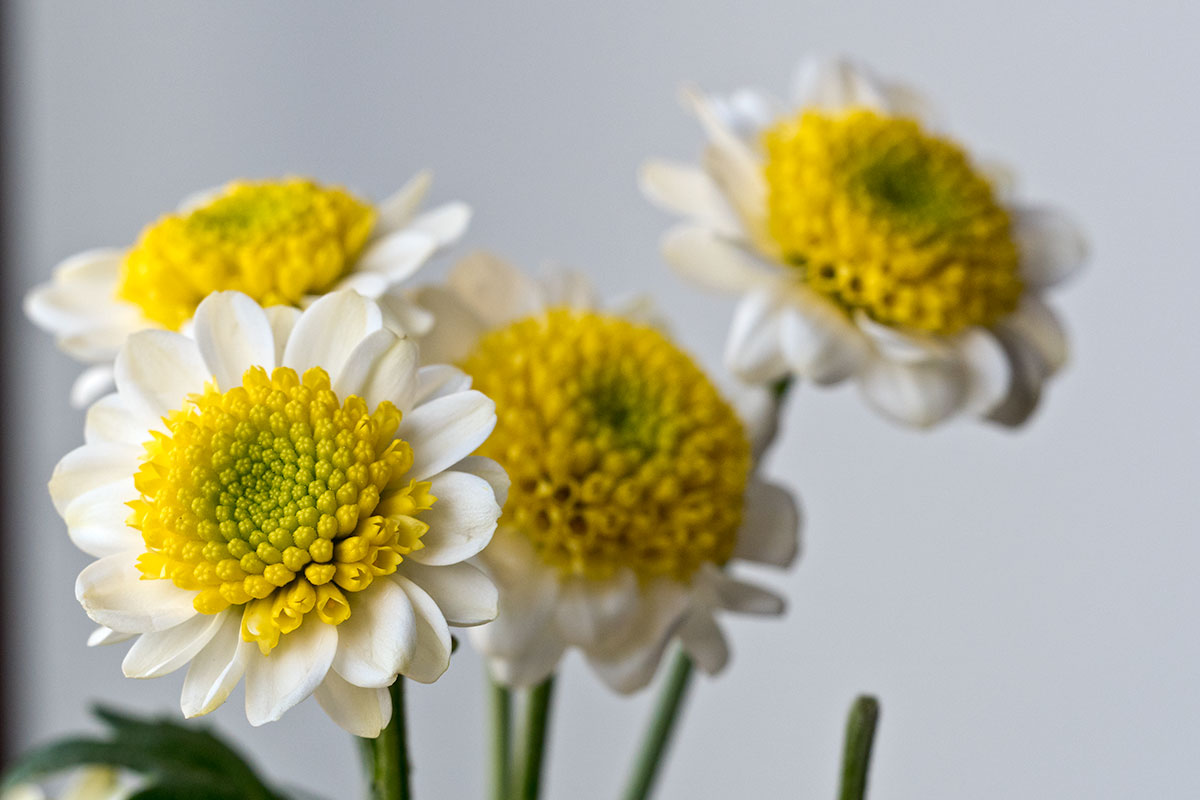 |
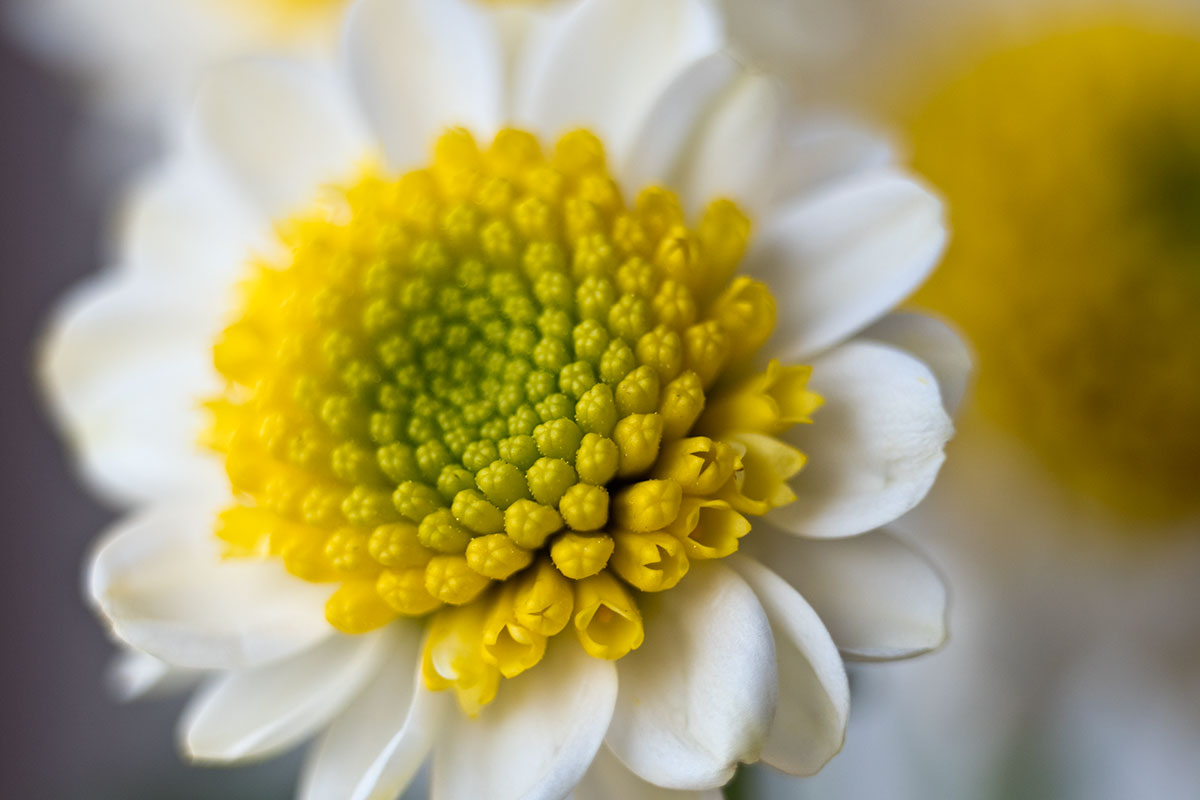 |
Now let's see the scaling potential of the close-up filters in a same composition. The maximum scale when "sandwiching" of all 4 filters turned really impressive.
In fact, the maximum scale we achieved with extension tubes is very close to shots with a close-up filter of 2 diopters. However, extension tubes allow me to shoot with an open aperture creating a blurry blackgrond and do not give aberrations at the corners.
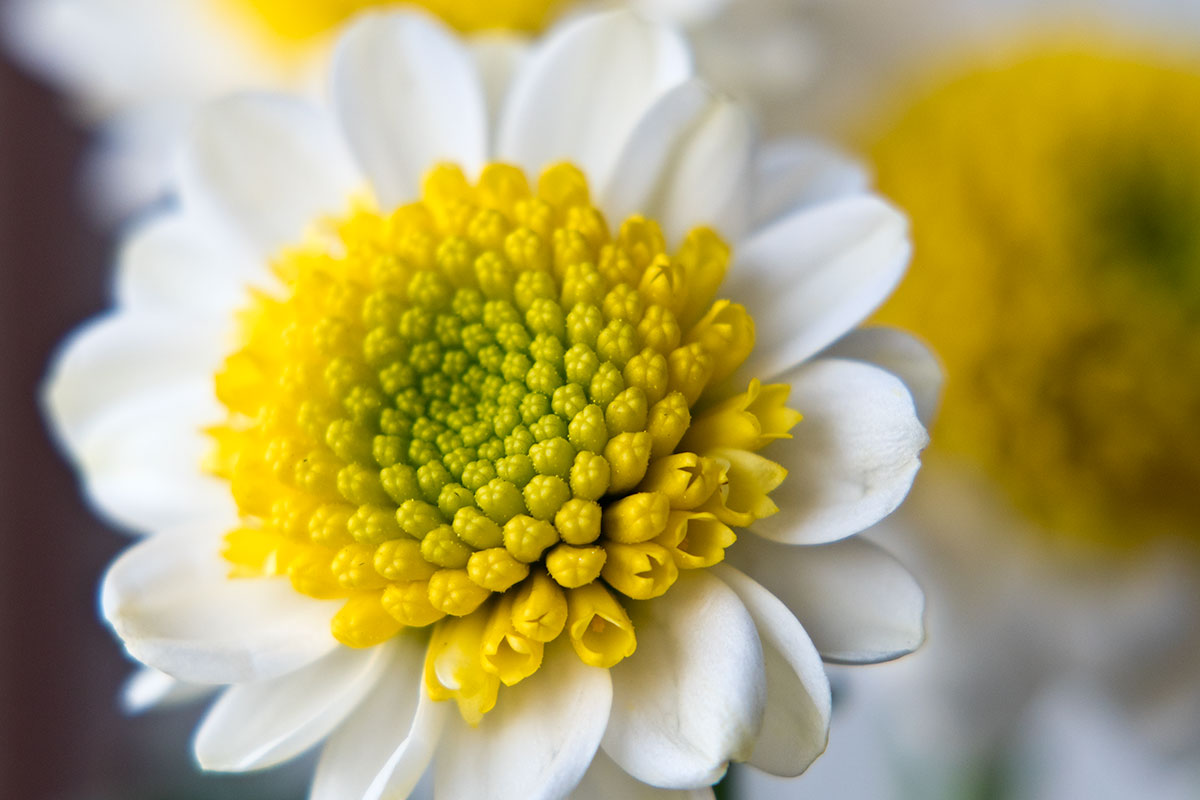 |
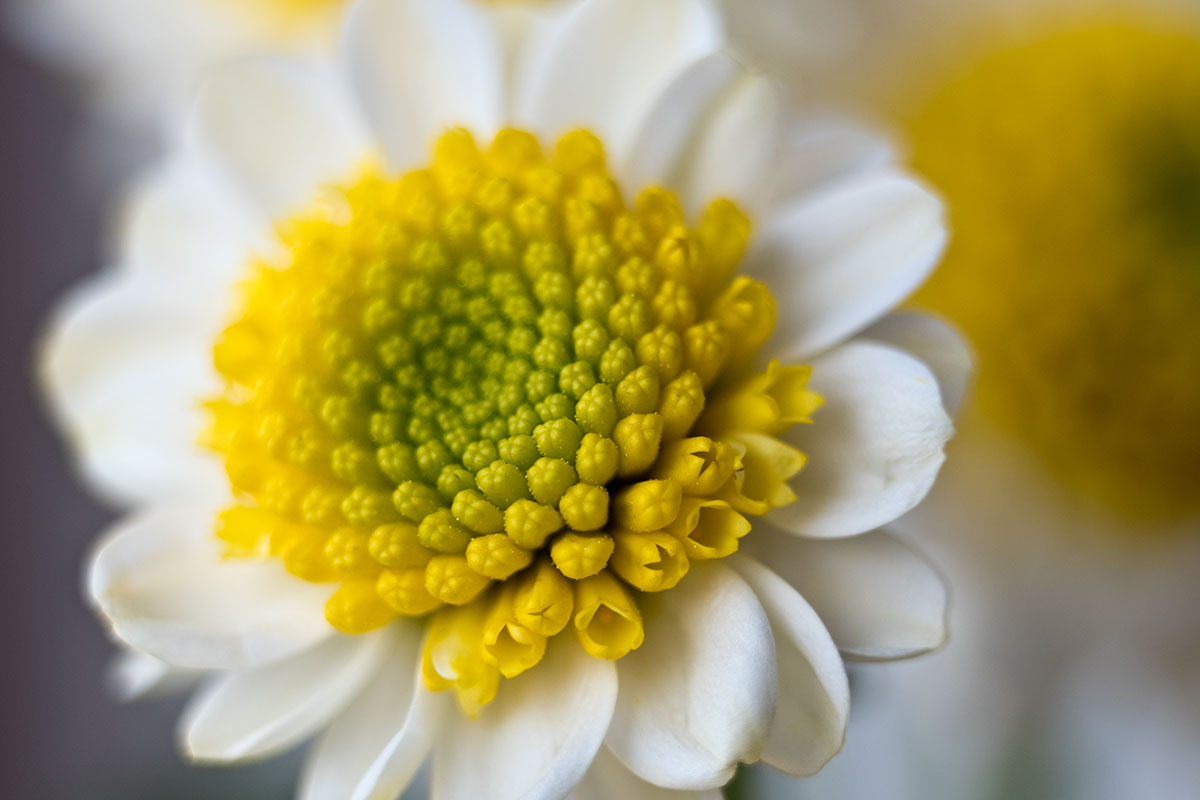 |
Finally, let's compare the original image with the maximum scale that we can reach with accessories - extension tubes, close-ups and a bunch of tubes with filters.
Summary
A dedicated macro lens is the best tool in macro photography. It is designed for these purposes and, as expected, shows great results. However, purchasing a macro lens is a serious investment that may not be justified if you are just beginning to discover this genre of photography. Therefore, in this article, we reviewed more budget-friendly and affordable alternatives that allow you to make high-quality macro images with equipment you already own.
Close-up filters are the most budget-friendly option. They show the best results with telephoto lenses but are almost useless with ultra-wide lenses. Filters give a clear picture in the center but lose sharpness at the corners. On the other hand, more expensive models with an achromatic lens are practically devoid of these drawbacks. All close-ups are sensitive to backlight and it is recommended to shoot with a closed aperture. If you plan to use filters on several lenses, it is more profitable to purchase a filter of the maximum diameter and use inexpensive stepping adapter rings. It is also important to use close-up filters of trusted manufacturers, because the quality requirements here are the most significant thing.
Extension tubes are more expensive, but also a more versatile option. They show the best results with wide angle lenses, but strongly lose out to close-up filters on telephoto lenses. Rings do not have optics, and therefore do not bring distortion into the image. When choosing the rings, it is important to pay attention to availability of data transfer contacts and to the build quality, which should ensure a perfect seal to the lens mount, matte finish internal parts to suppress lens flare and the presence of contacts between the lens and the camera.
In general, it is not so important what accessories you choose to use. You can take good images both with macro lenses or close-up filters or extension tubes. Each of the options may have certain limitations and the photographer should just be able to take them into account.
